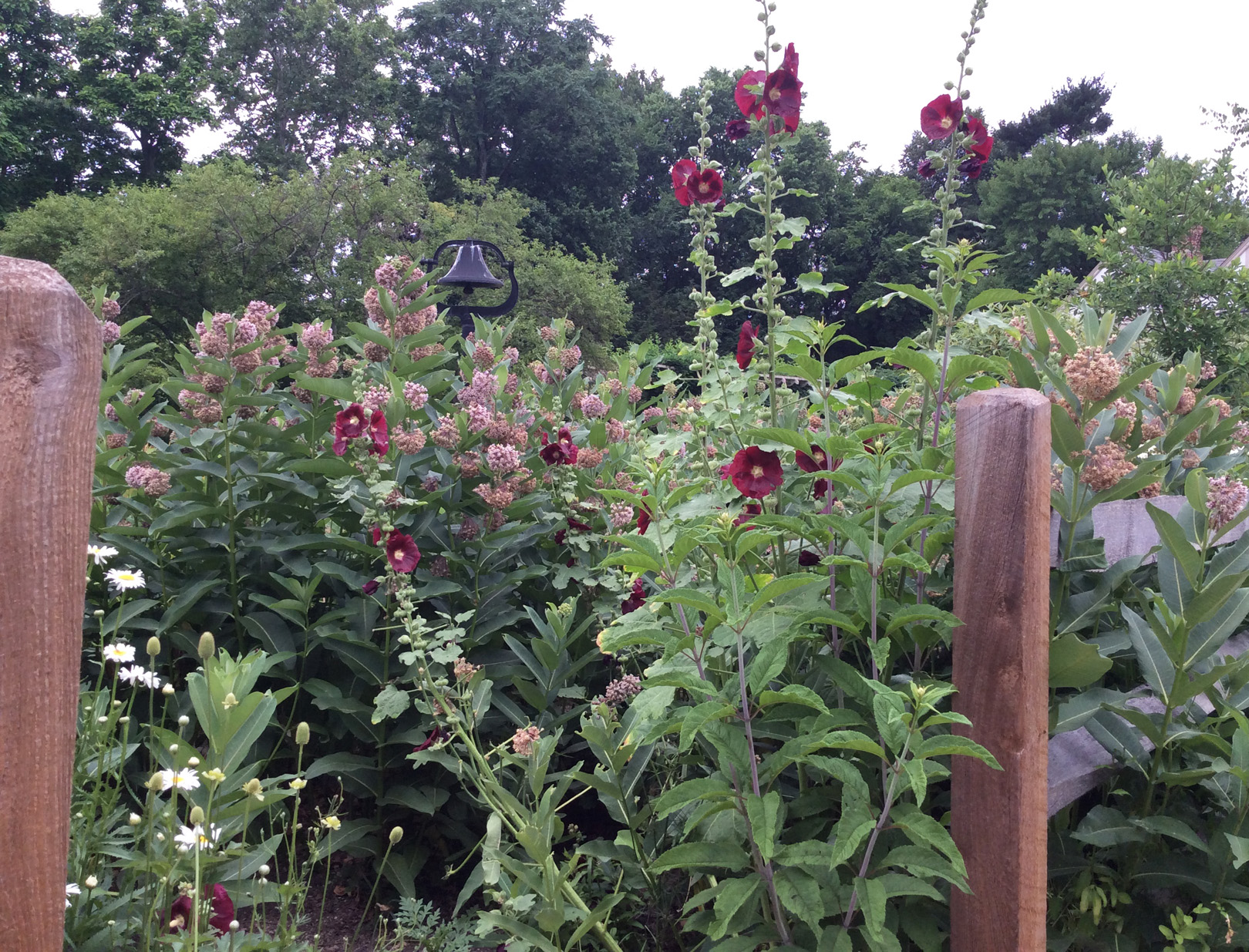by GardenLover | Jun 22, 2016 | Gardens to Drive
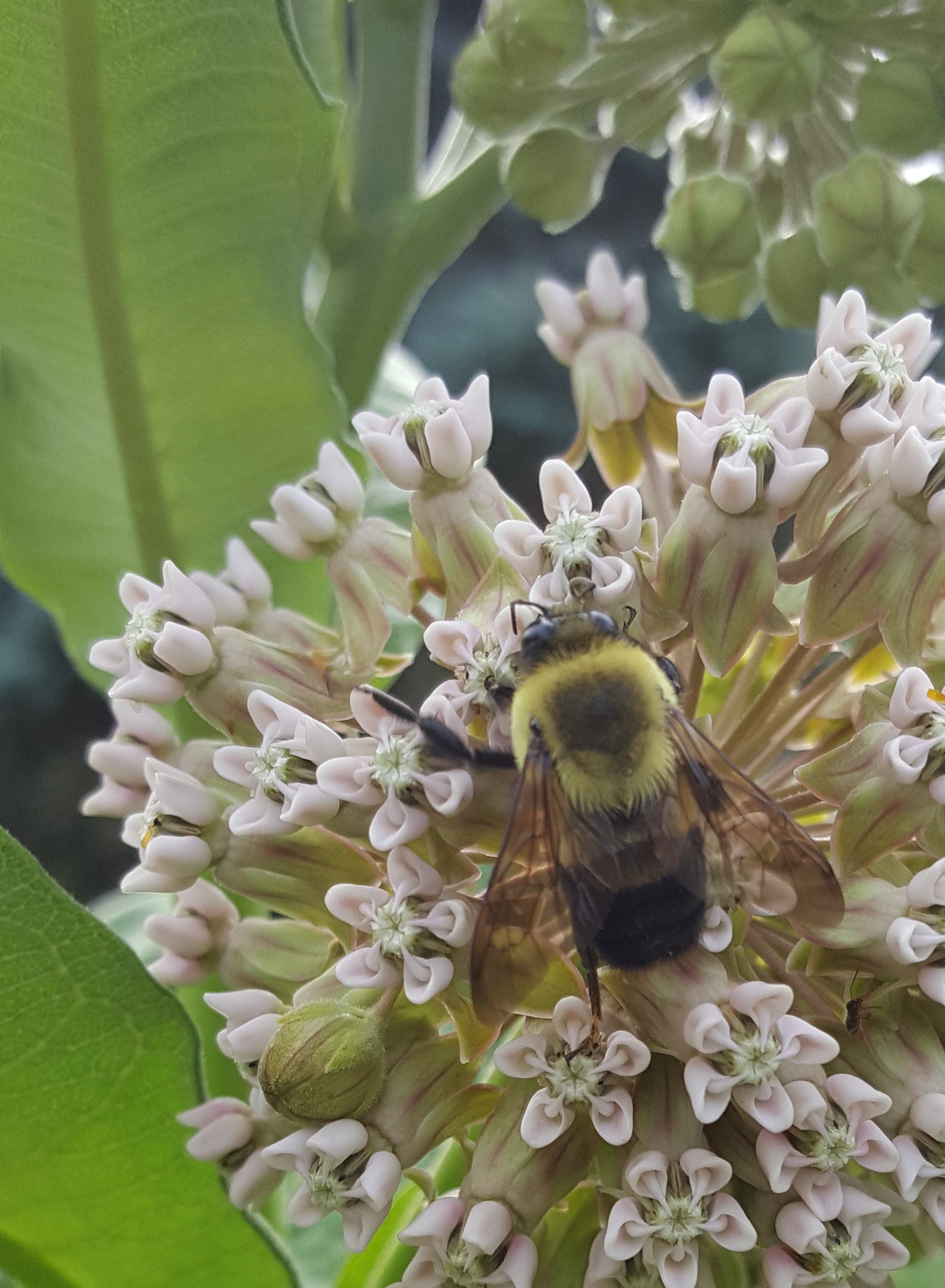 A Love Affair: Bumbles and Common Milkweed
A Love Affair: Bumbles and Common Milkweed
By Debra Knapke
Every second and fourth Wednesday, the Governor’s Gardeners work in the Heritage Garden at the Ohio Governor’s Residence. The Heritage Garden is special and the only one of its kind in the United States. It showcases Ohio’s natural history by representing the five major ecosystems – also called physiographic regions – of the state I call home.
I’ve been a member of the Heritage Garden Committee since 2004 and have assisted in the design of two areas of the garden. I have taken a lot of pictures of this special place and am constantly amazed at the beauty of these vignettes of Ohio’s natural landscapes.
Today, when I arrived, I was drawn to the area where the common milkweed is in full bloom. Imagine the sound of hundreds of bumbles (short for “bumblebees”) and the sweetest perfume that floats on a breeze. What a perfect way to celebrate pollinator week: showing them busily at work and apparently very happy. Please excuse my human assumption that they are happy, but I was happy, so they must have been happy, too.
It is not easy to catch bees as they harvest nectar and pollen from thousands of flowers. If you look closely, you can see several bumbles in the picture below. On the left-most umbel of flowers you can see a bumble with loaded pollen sacs.
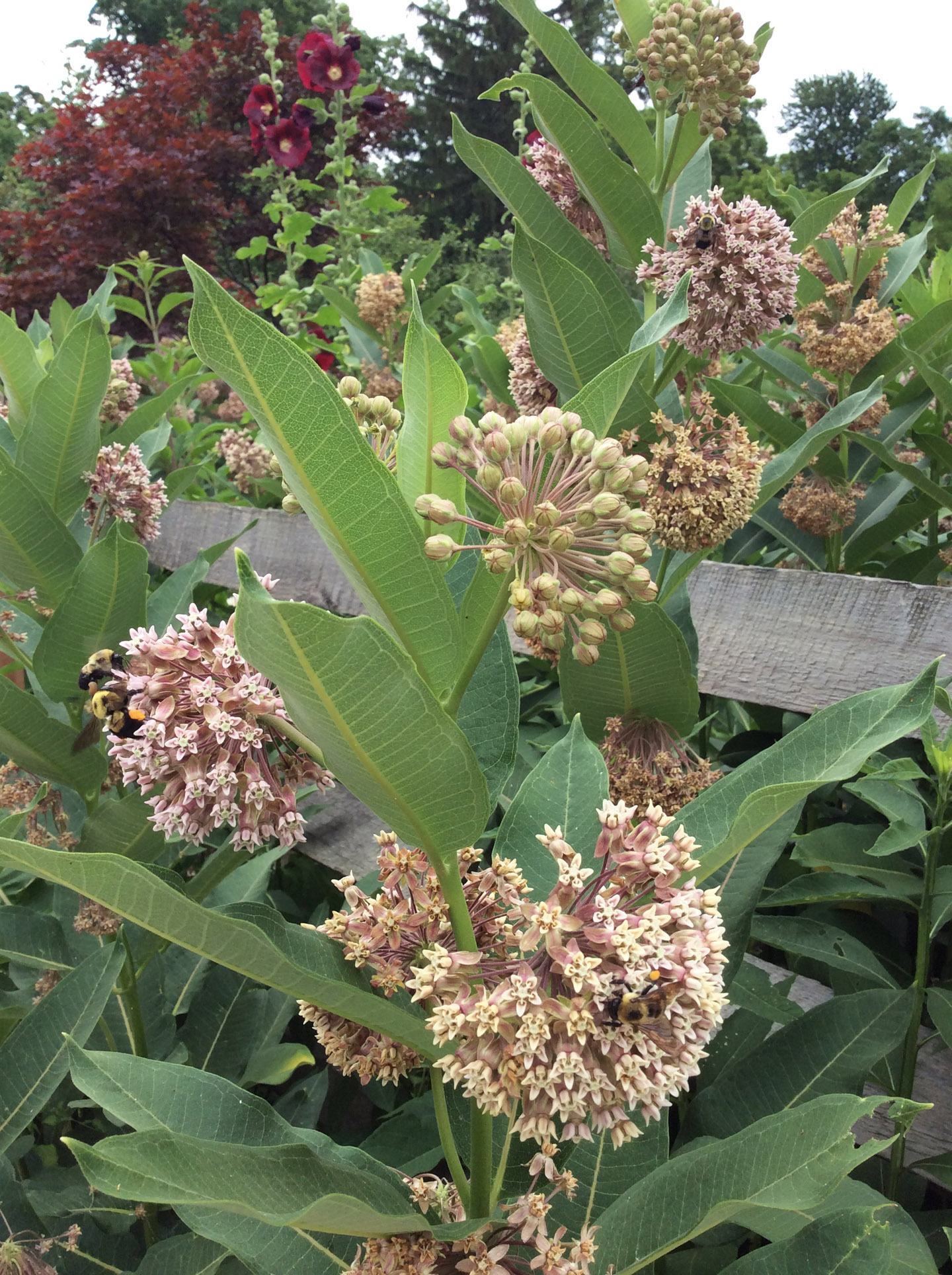
Guy Denney, former Chief of Natural Areas and Preserves for the Ohio Department of Natural Resources and one of the first advisors for the Heritage Garden, said that this stand of milkweed is one individual plant that has colonized this patch of the garden. This plant well deserves the “weed” portion of its name. plant it only if you have room to spare or are willing to “edit” your stand of plants.
I will be watching for seeds later in July. Can’t wait to start my own patch of common milkweed.
by GardenLover | May 24, 2016 | Favorite Flora, Gardens to Drive
Pollinators and Plants for Pollinator-Friendly Gardens – Part 2
By Debra Knapke
Last week, I introduced you to the pollinators in Part 1. Now, it’s time for the pollinator plants . . .
Let’s start with general plant groups and work toward some specific choices in each group. This is a start. Any plant that is not wind-pollinated has an associated pollinator. Once you start exploring your plant options, the sky is the limit.
Aster family
Most members of this family provide a perfect perch for many insects. You will see an array of bugs, beetles, flies, bees, wasps and spiders crawling on the composite daisy flowers (Note: spiders are actually looking for their next meal; it’s a bug-eat-bug world out there!).
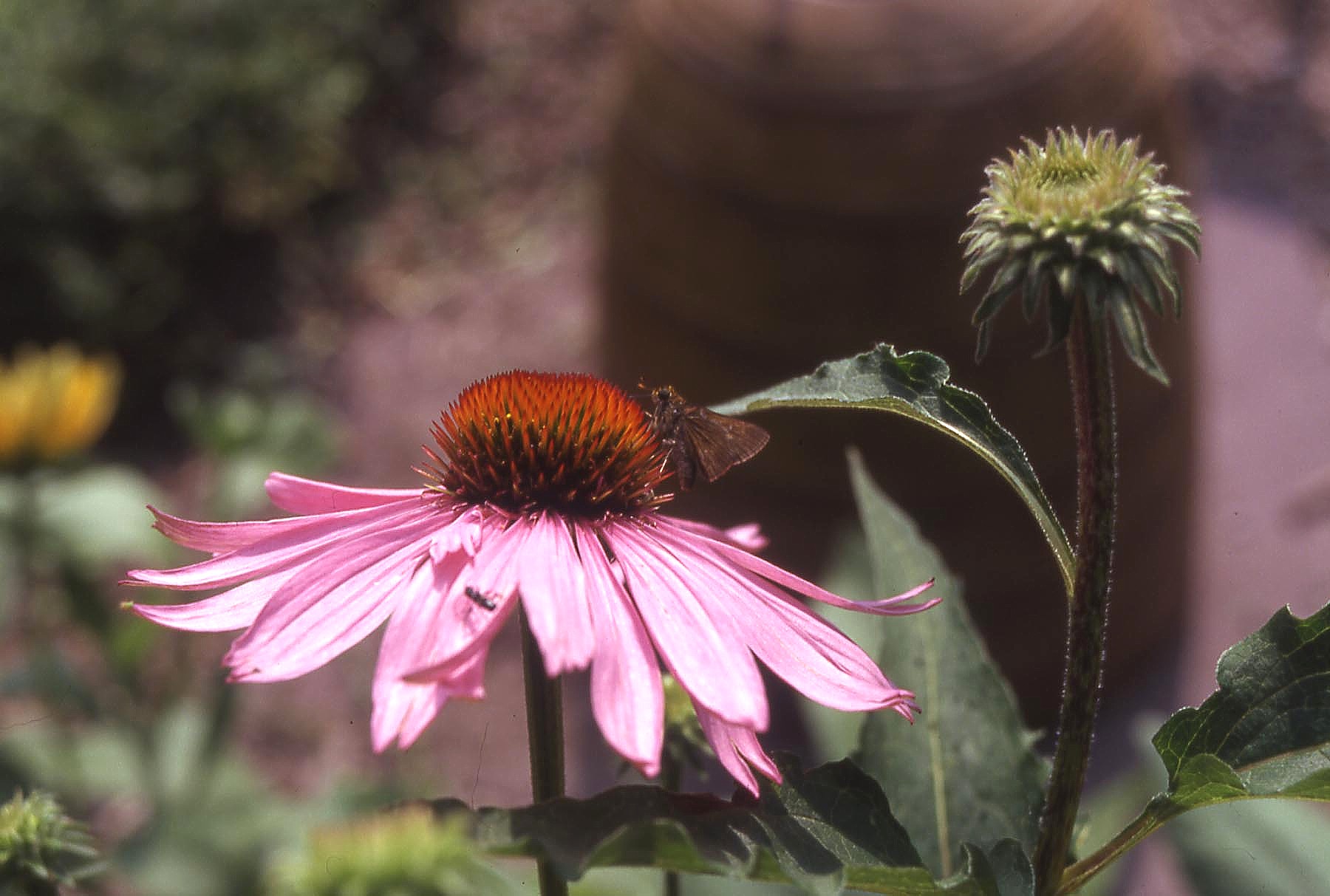
Echinacea purpurea — purple coneflower, plus a skipper
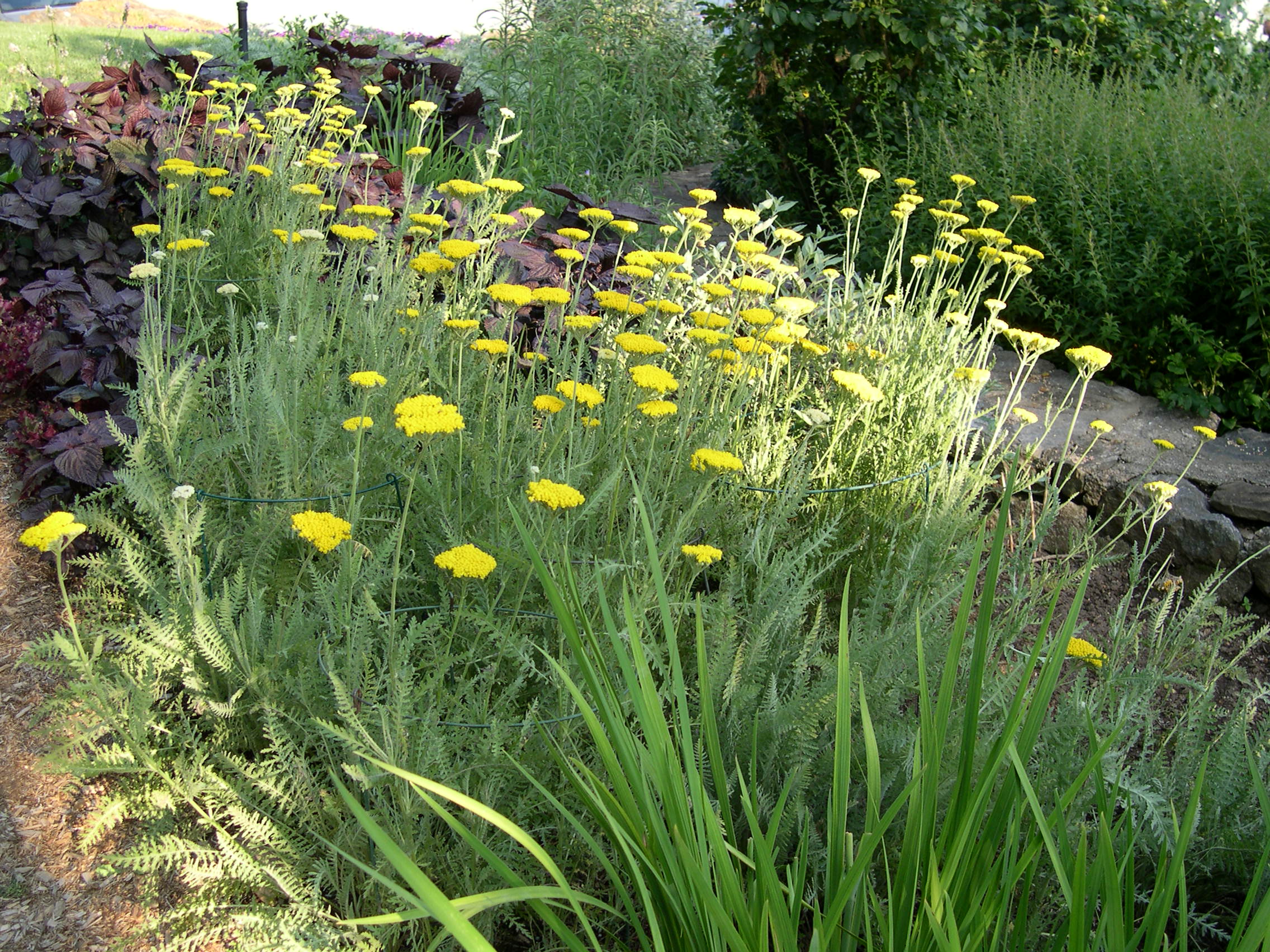
Achillea filipendulina – yarrow; a full sun plant!
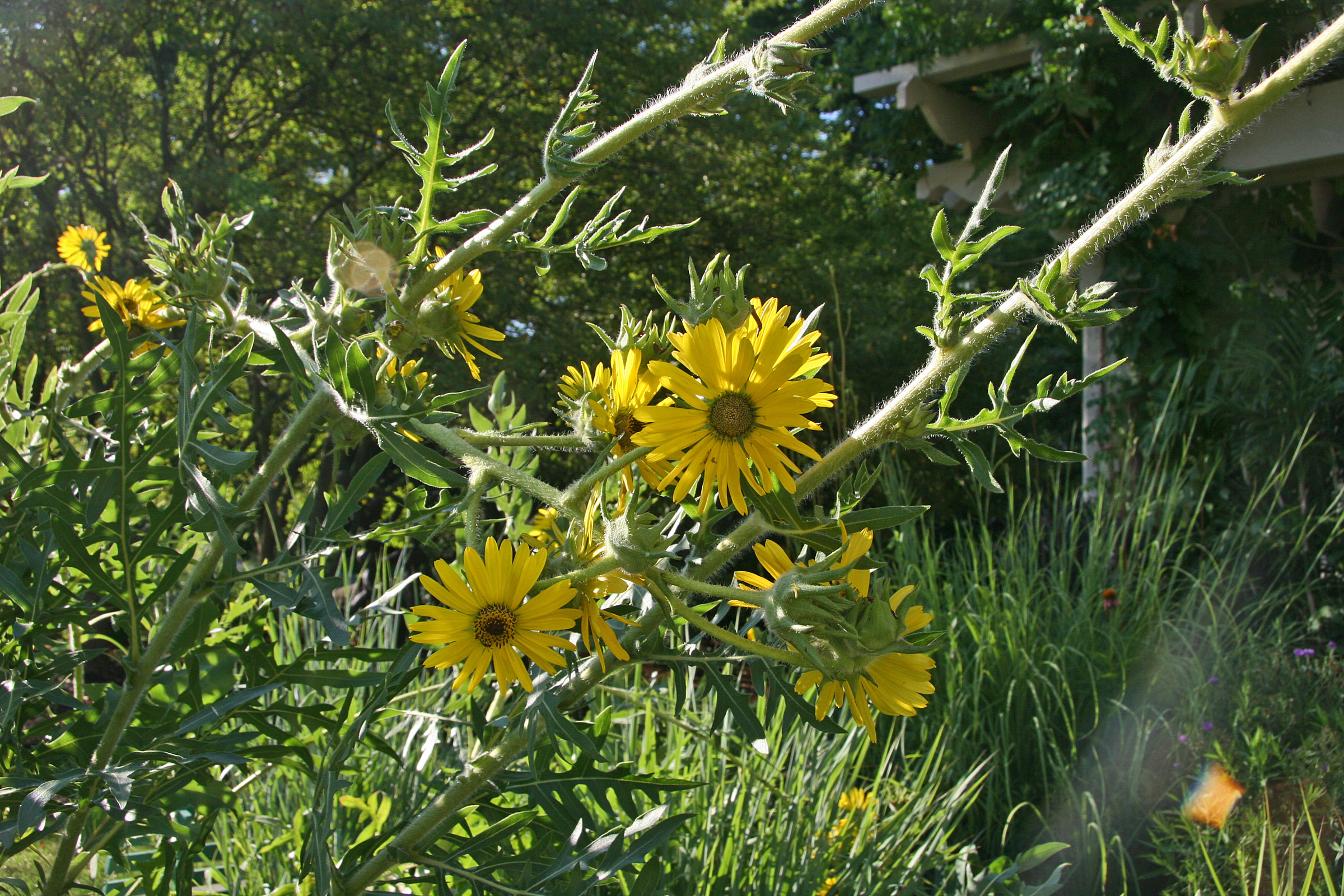
Silphium laciniatum – compass plant, a stately native
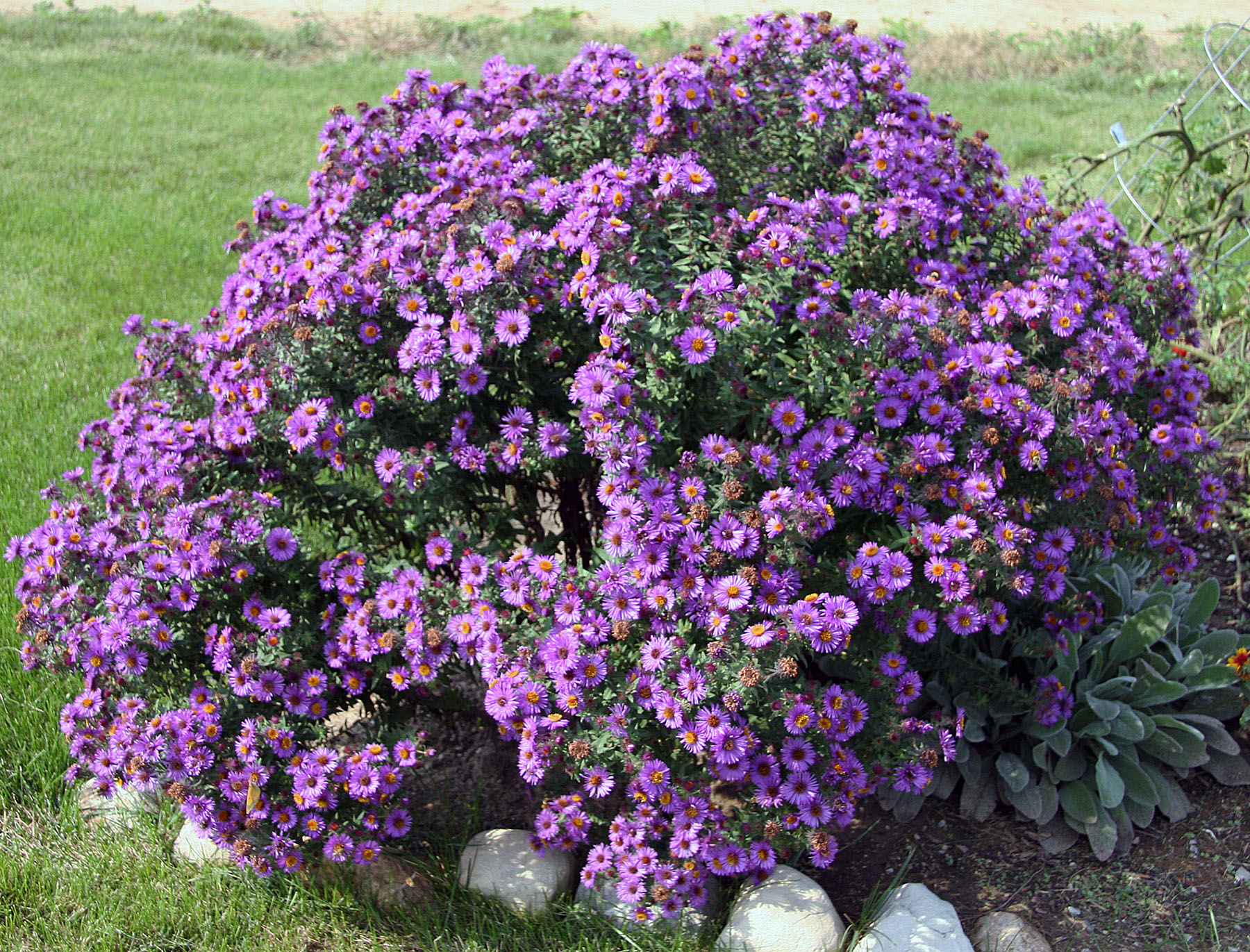
Symphyotrichum novae-angliae ‘Purple Dome’ – one of the last flowers for butterflies & other pollinators
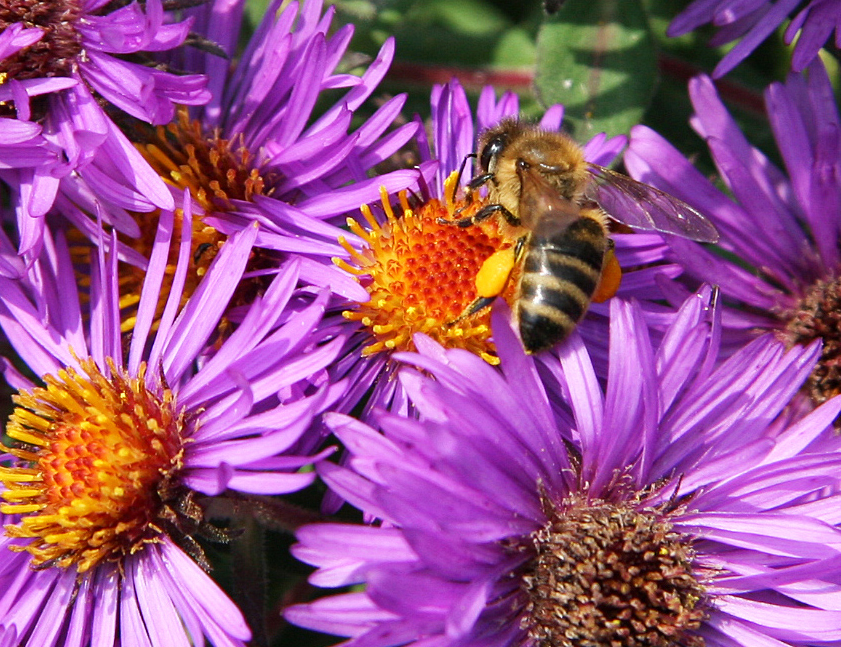
In October, a honeybee sips a late drink from a ‘Purple Dome.’
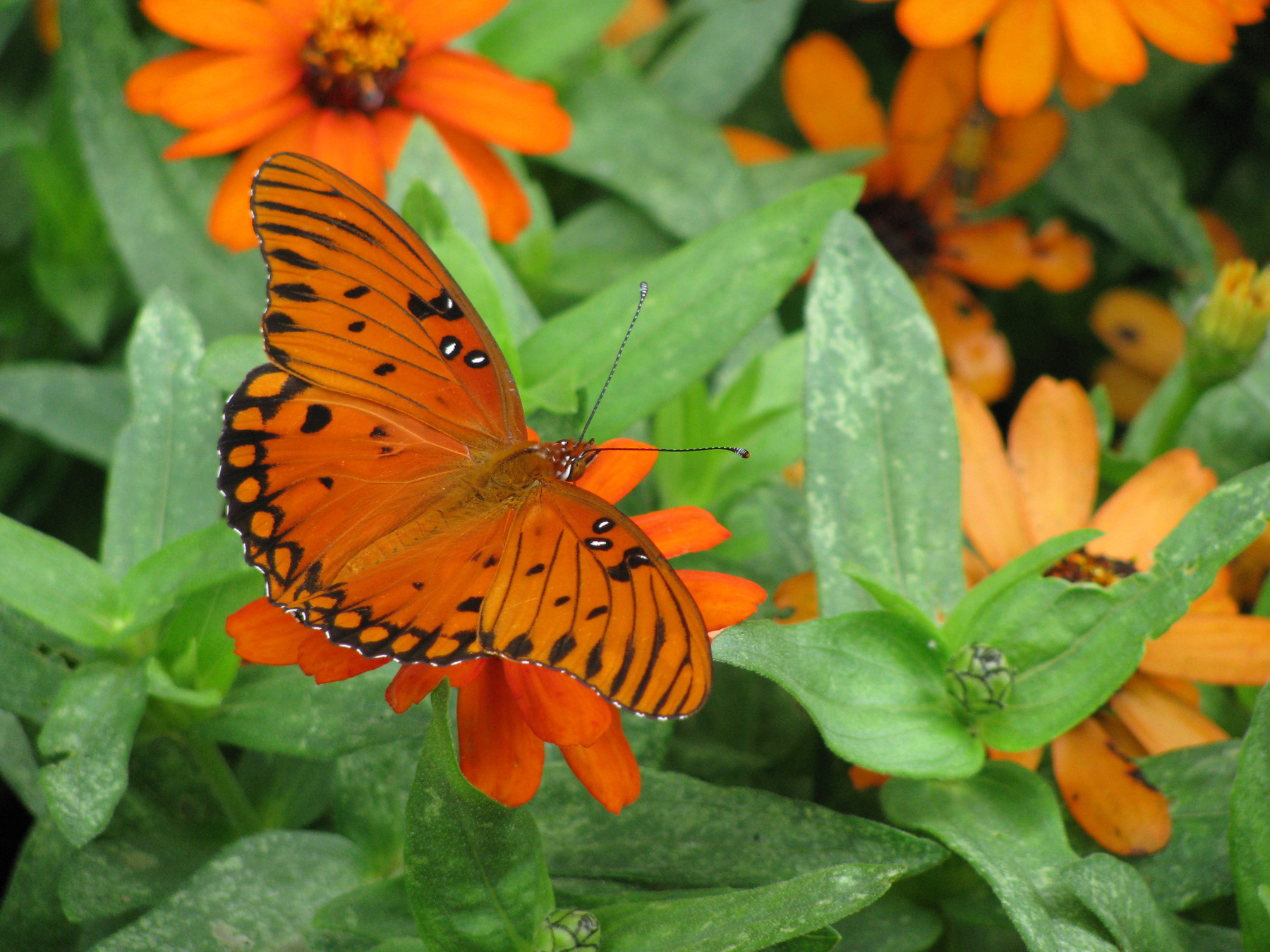
Zinnia angustifolia ‘Orange Profusion’– narrowleaf zinnia is an annual that is a pollinator magnet.
Bean/Pea family
Not only do the bumbles and other bees like the pea and bean family, but this group of plants has a lovely relationship with several species of bacteria that can fix gaseous nitrogen into a form that can be used by plants. Nitrogen is often the most limiting nutrient in built landscapes. This plant offers a way to fix the problem.
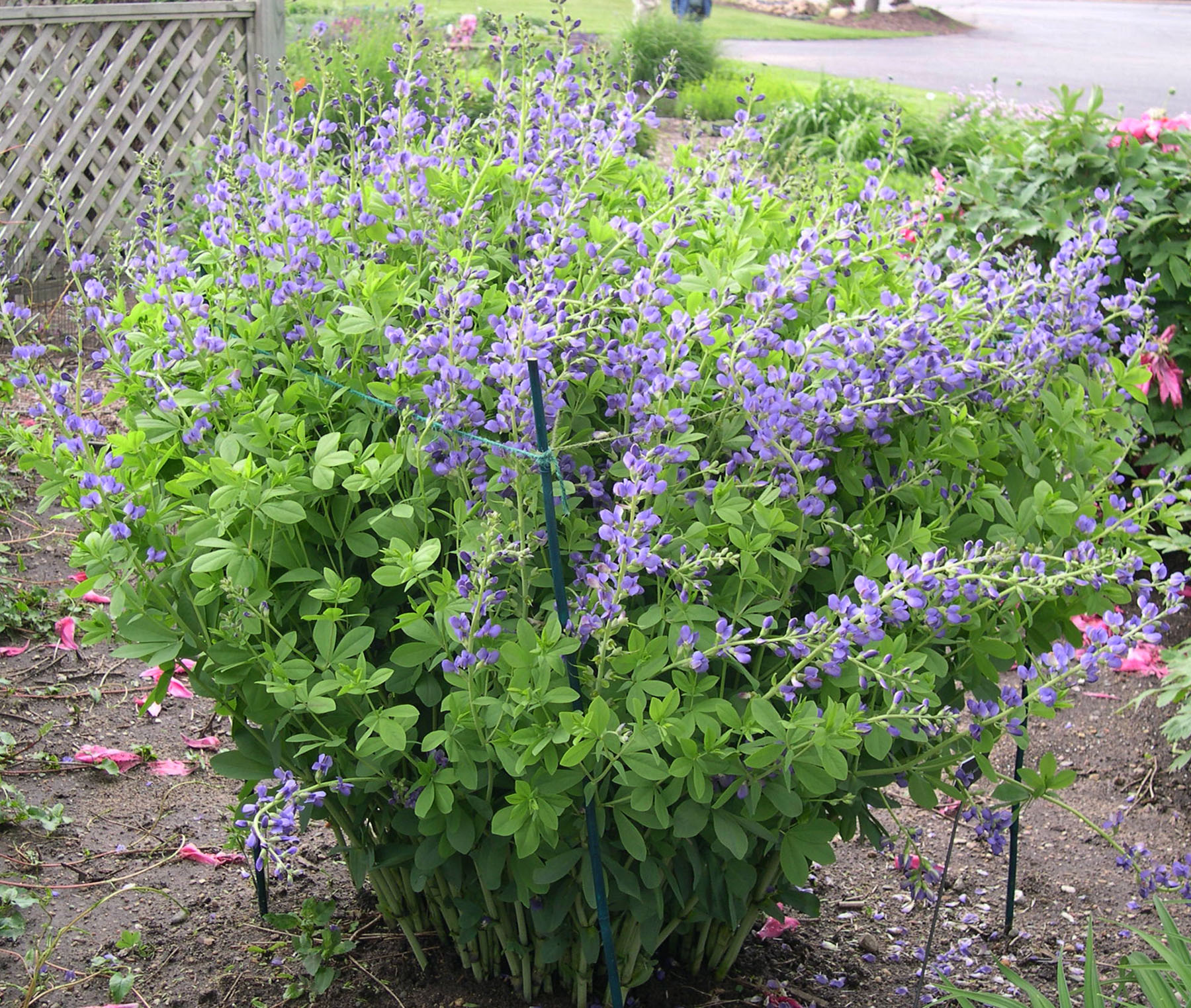
Baptisia australis – false indigo – is one of the most enduring plants in the garden.
Milkweed family
We have many species of milkweeds and butterflyweeds that are native to the Midwest. A recent study found that swamp milkweed (Asclepias incarnata) is the most likely to be chosen by the monarch butterfly as a larval host in the Midwest. The Mexican tropical milkweed – Asclepias curassavica – is the host plant for the monarch when it travels south for the winter.
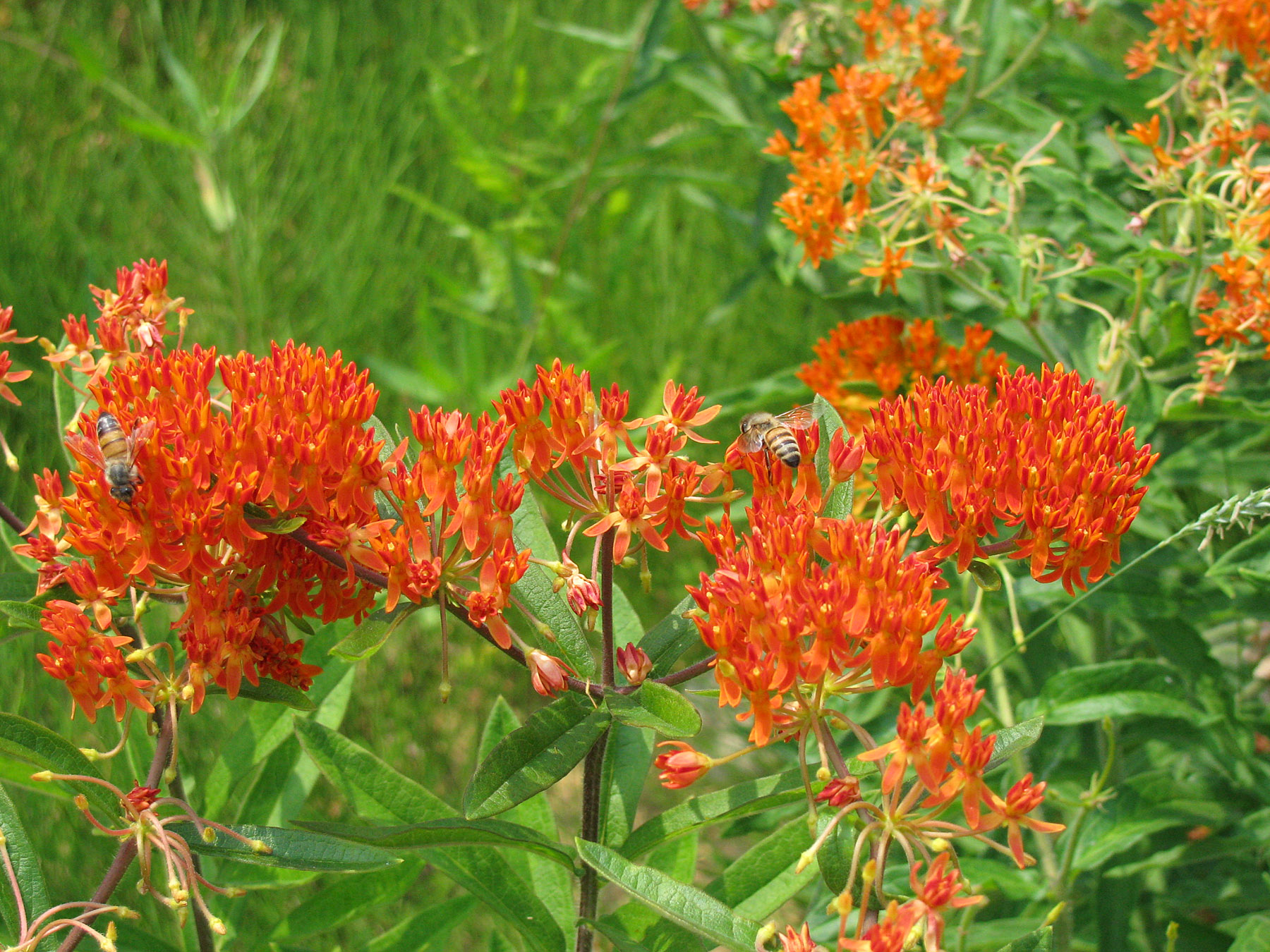
Asclepias tuberosa – butterflyweed for butterflies and bees
Mint family
Species in this herbal family should be in every garden. Many of the species are our favorite culinary herbs (basil, mint, oregano, rosemary, sage, thyme…) and many have anti-fungal, anti-bacterial attributes. The bilabiate flowers have long throats that lead to the nectaries. I have watched bumbles chew into the base of the flower because they could not enter the flower through the “front door.”
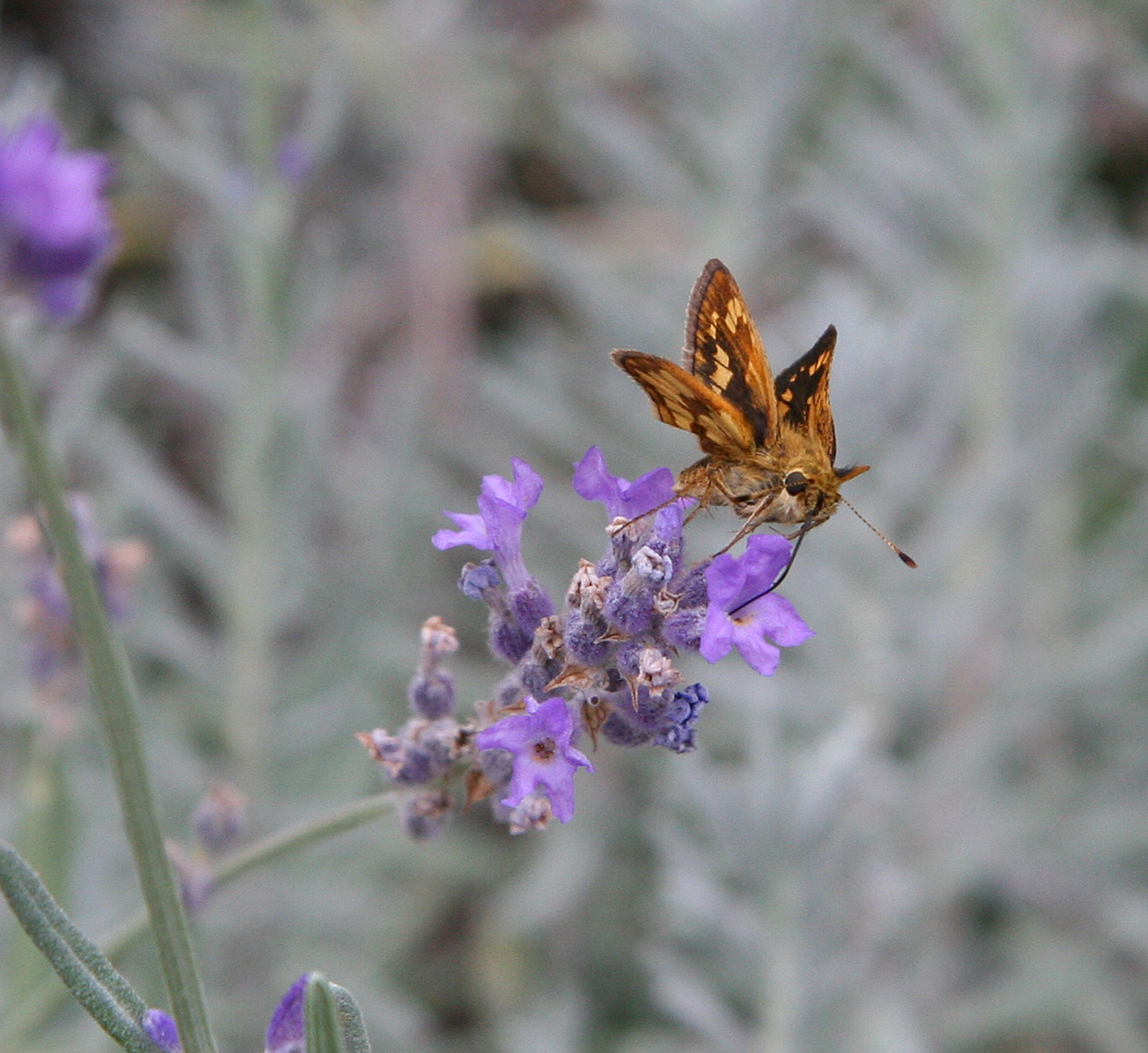
Lavandula angustifolia – English lavender with skipper
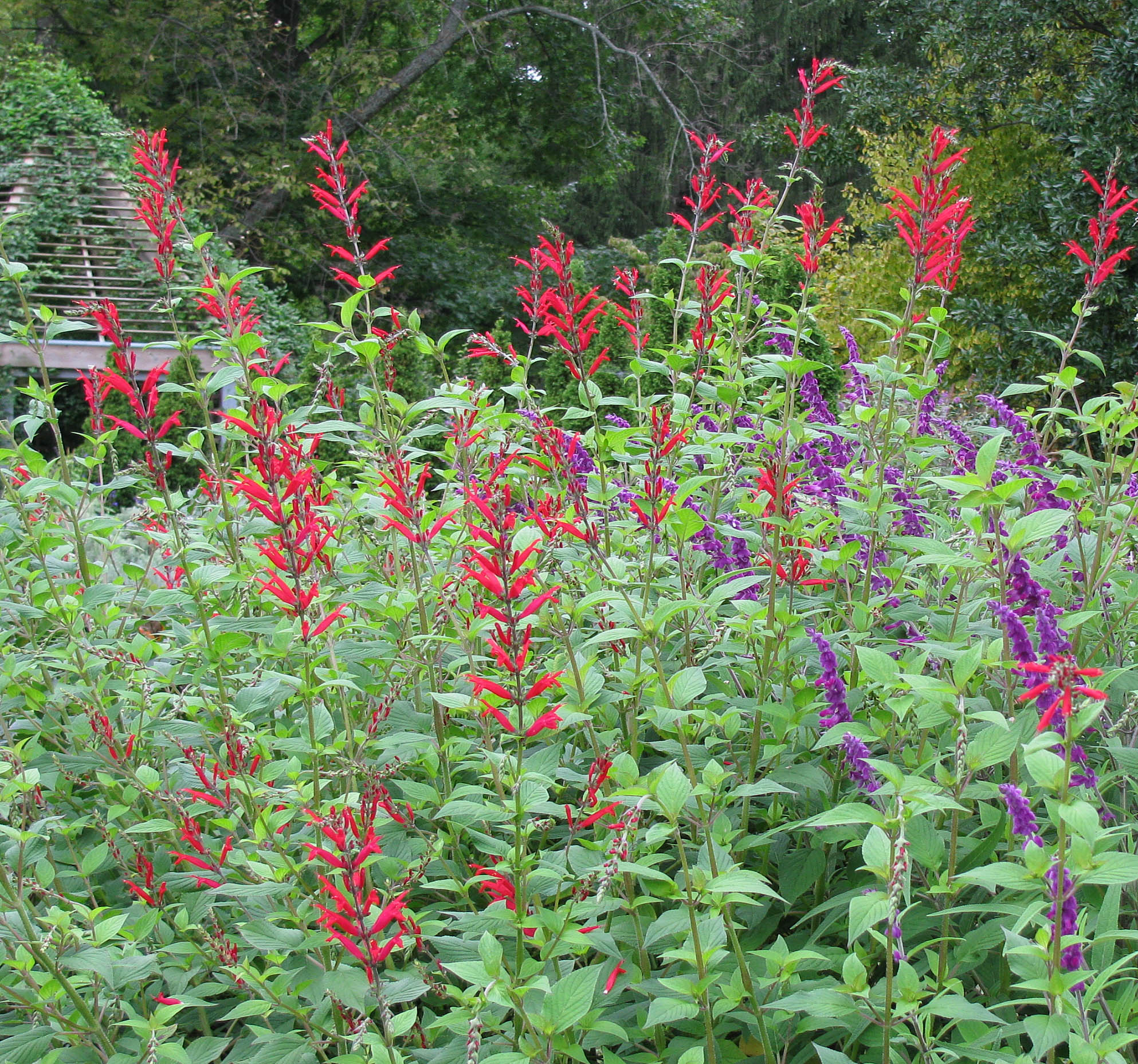
Salvia elegans (red, pineapple sage) and Salvia leucantha (blue, Mexican bush sage) are hummingbird dream-plants. I have been “strafed” in the garden by hummingbirds when I have stood in the flight path to the flowers.
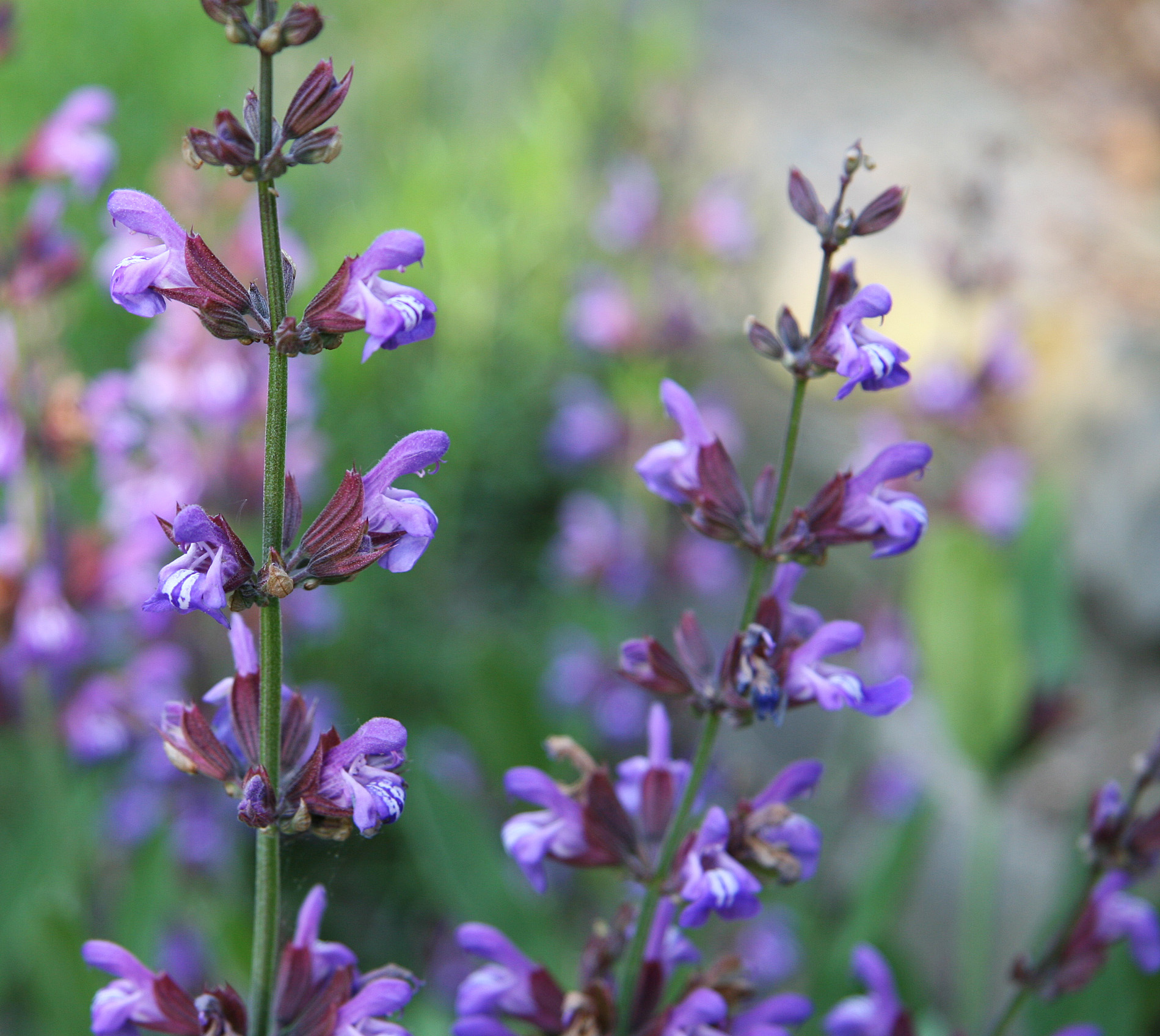
Salvia officinalis – common sage which is tasty and beautiful.
Parsley/Celery family
Another family that contains many herbal plants and some of our most potent poisons, not only feeds pollinators but also attracts the “good” bugs that eat the “bad” bugs – at least from the human perspective.
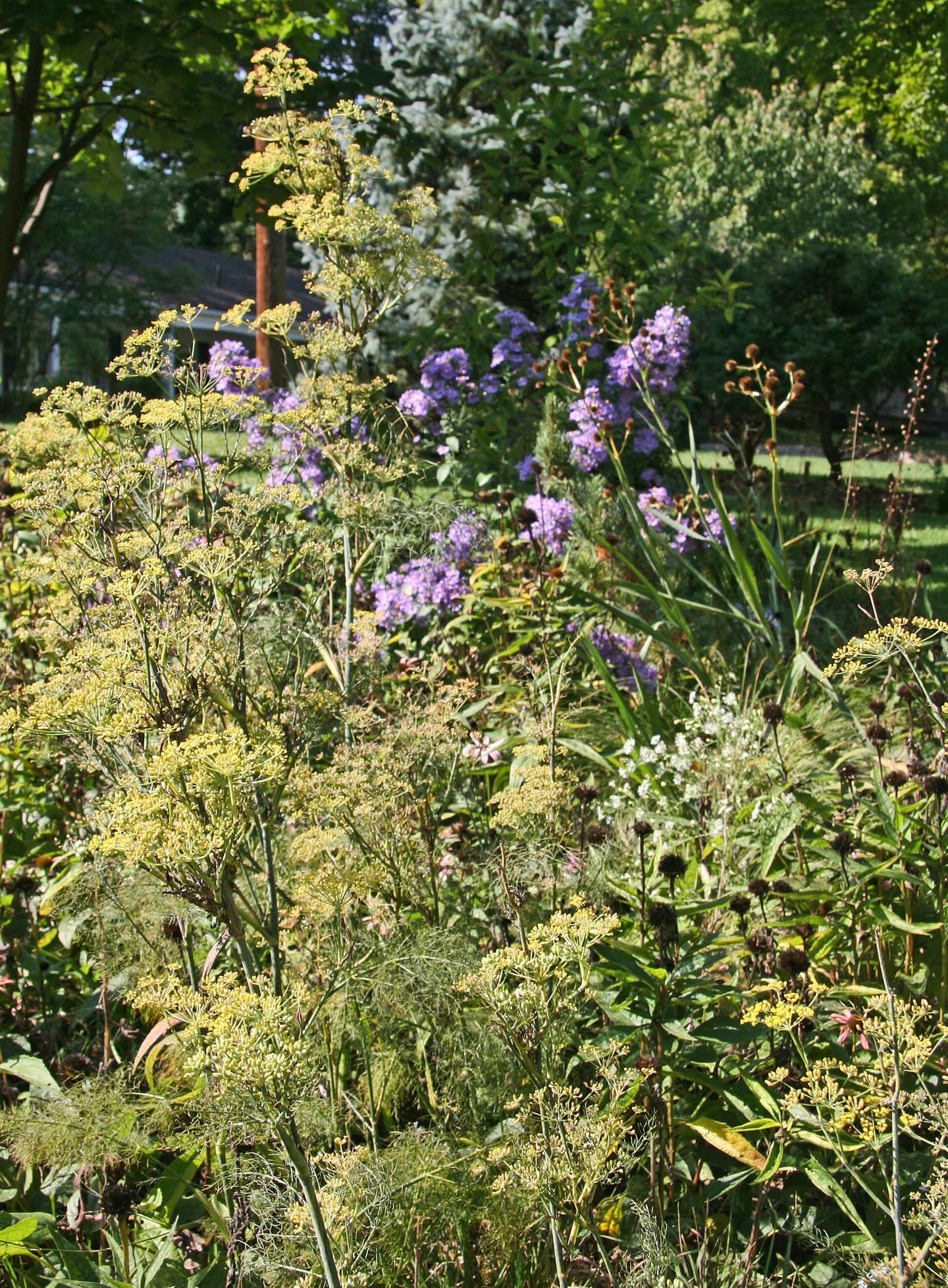
Foeniculum vulgare ‘Purpureum’ – bronze fennel is another multi-tasker in the garden. It is a culinary and medicinal plant. It hosts a variety of butterfly larvae while offering pollen and nectar to many insects.
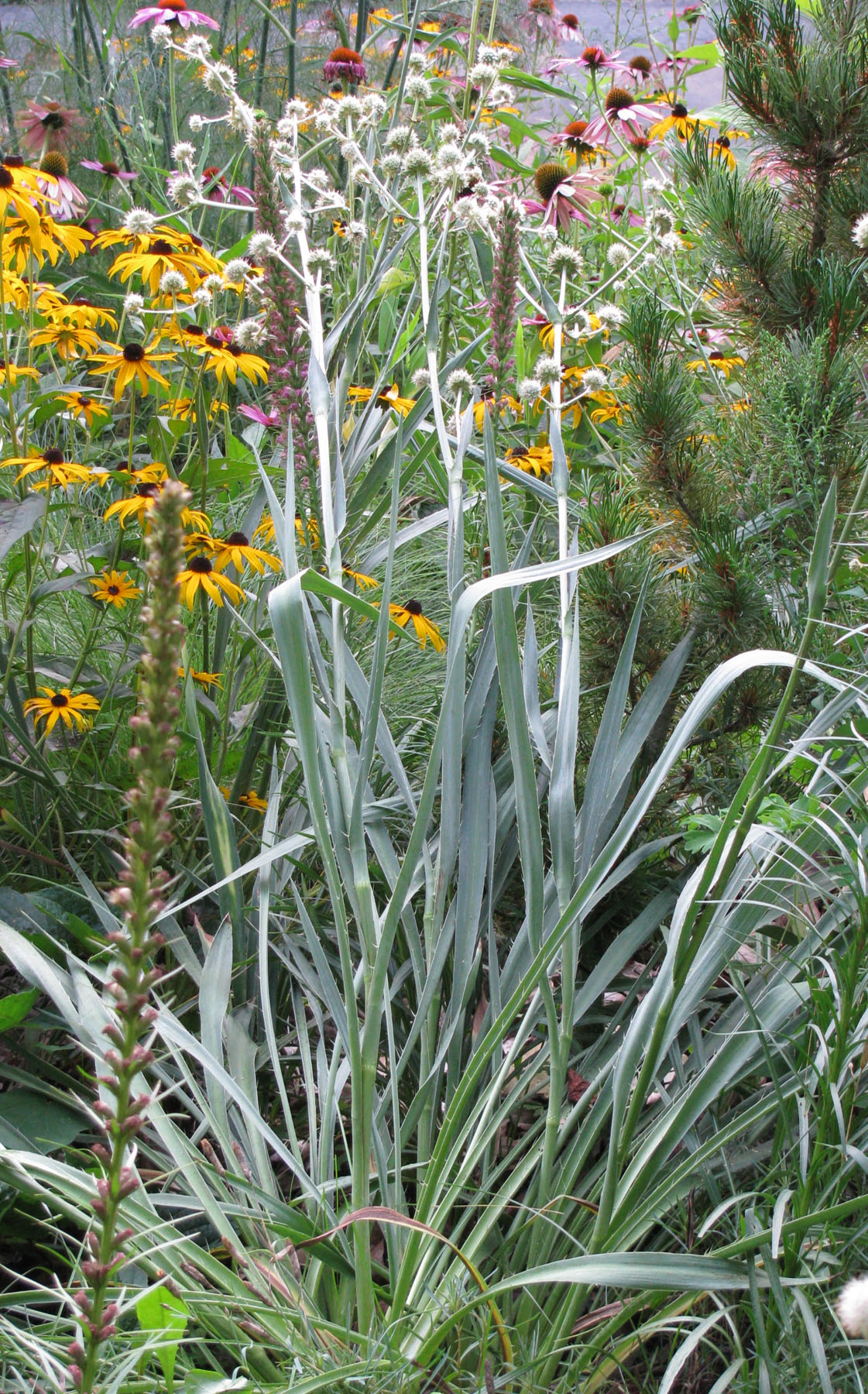
Eryngium yuccifolium – rattlesnake master – a tea made from its roots is reputed to be an antidote for snake venom; not sure I would trust that. Its flowers attract a myriad of insects.
All of the above are herbaceous perennials, but many trees and shrubs provide food for pollinators, too. Below is a bumble on her way to becoming drunk from the flowers of a littleleaf linden tree – Tilia cordata.
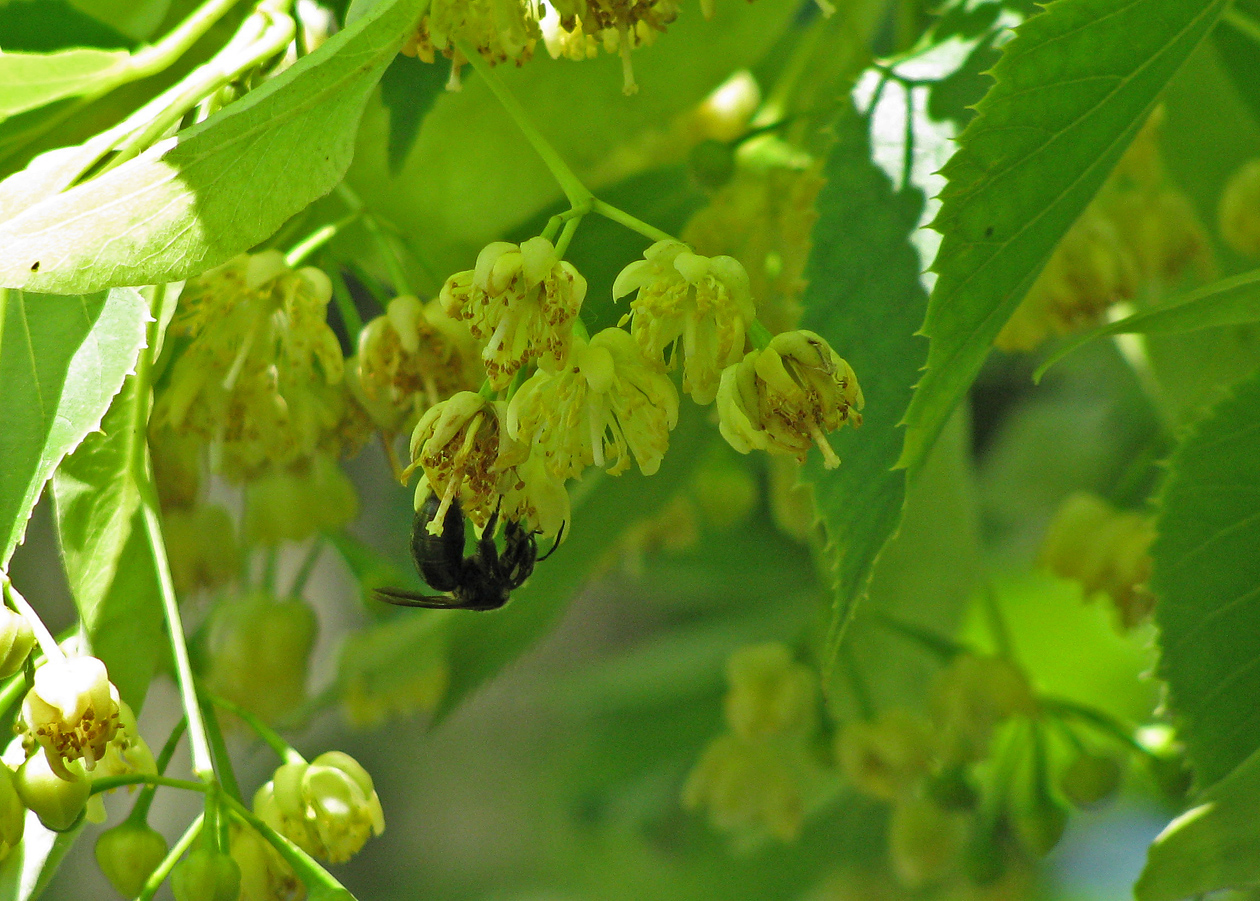
Wishing you awe in the garden!!!
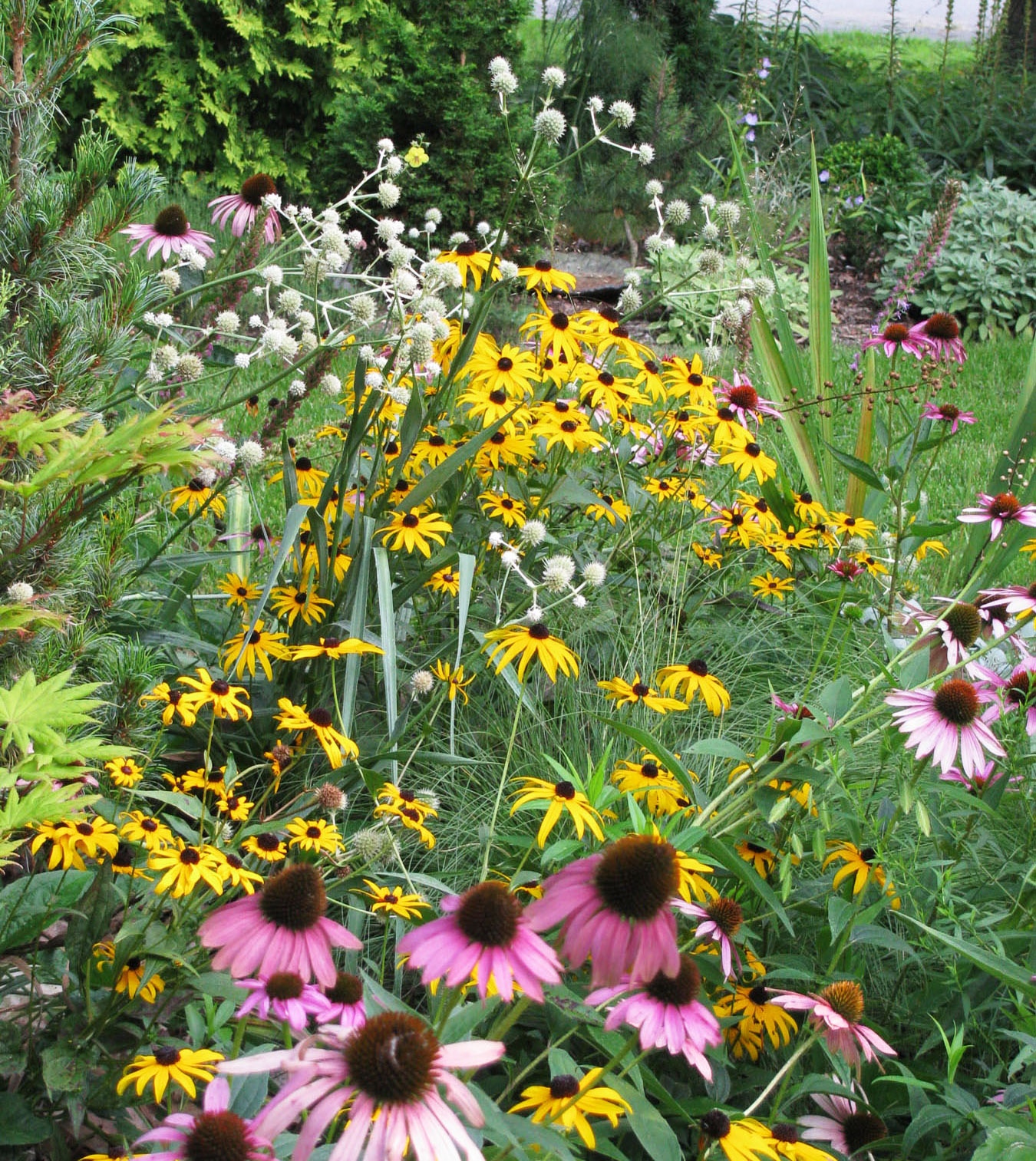
by GardenLover | Apr 22, 2016 | Gardens to Drive, Good eats, Trendspotting
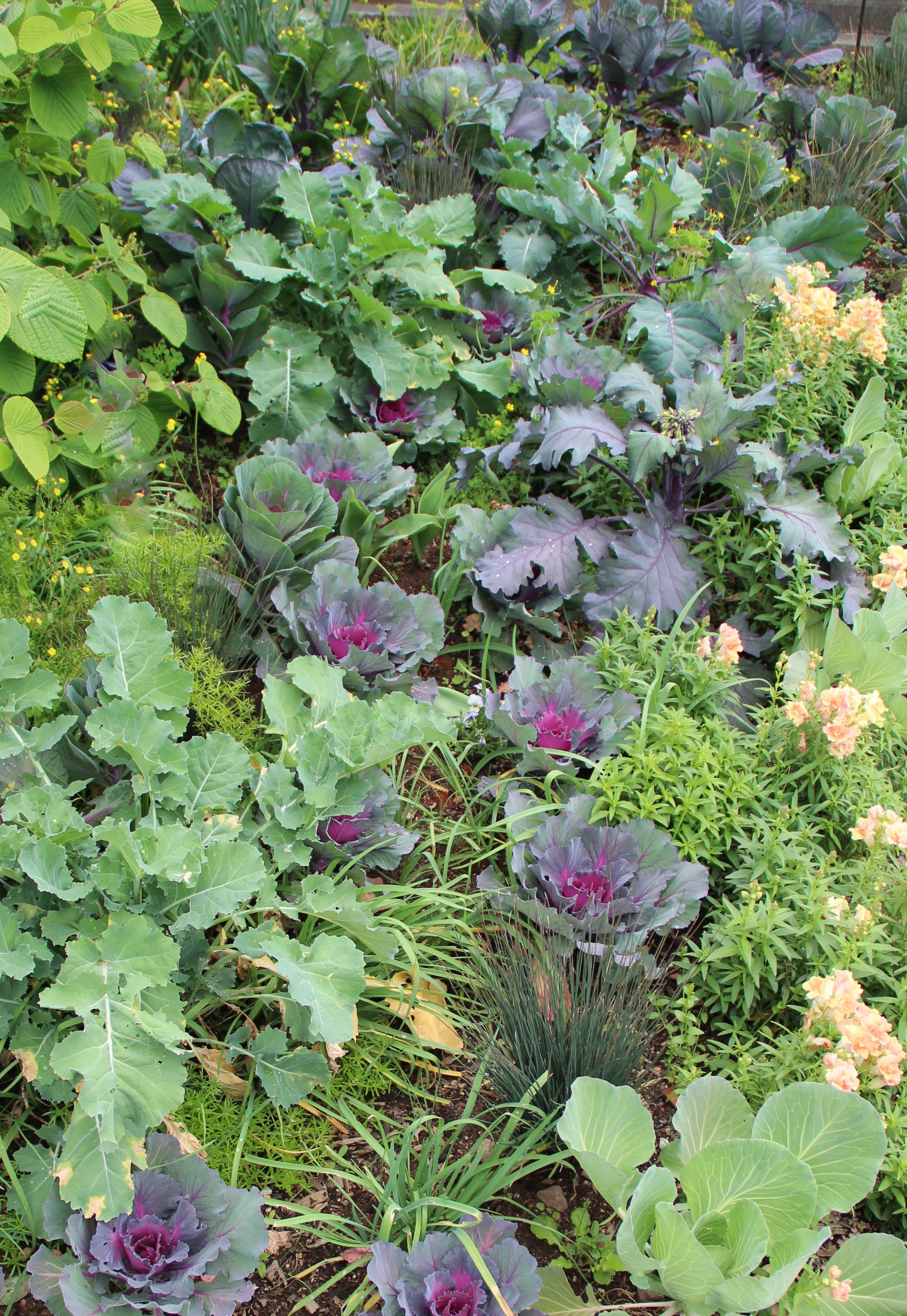
By Teresa Woodard
Yes, I’ve planted flowering kale to add fall color to borders and containers, but I had no idea how amazing brassicas — kales, cabbages, turnips, kohlrabi and mustards — could look in the landscape until last week when I visited the spring display gardens at the Riverbanks Zoo & Botanical Garden in Columbia, SC. Brassicas are best grown in cool seasons – spring and fall, so consider purchasing some plants to add this spring or planting some seeds in August for a fall show. Fellow blogger Deb Knapke will follow up this post with another on growing tips.
The Riverbanks’ spring display garden offers plenty of inspiration. Just check out these fanciful and edible leaves and clever planting combinations.
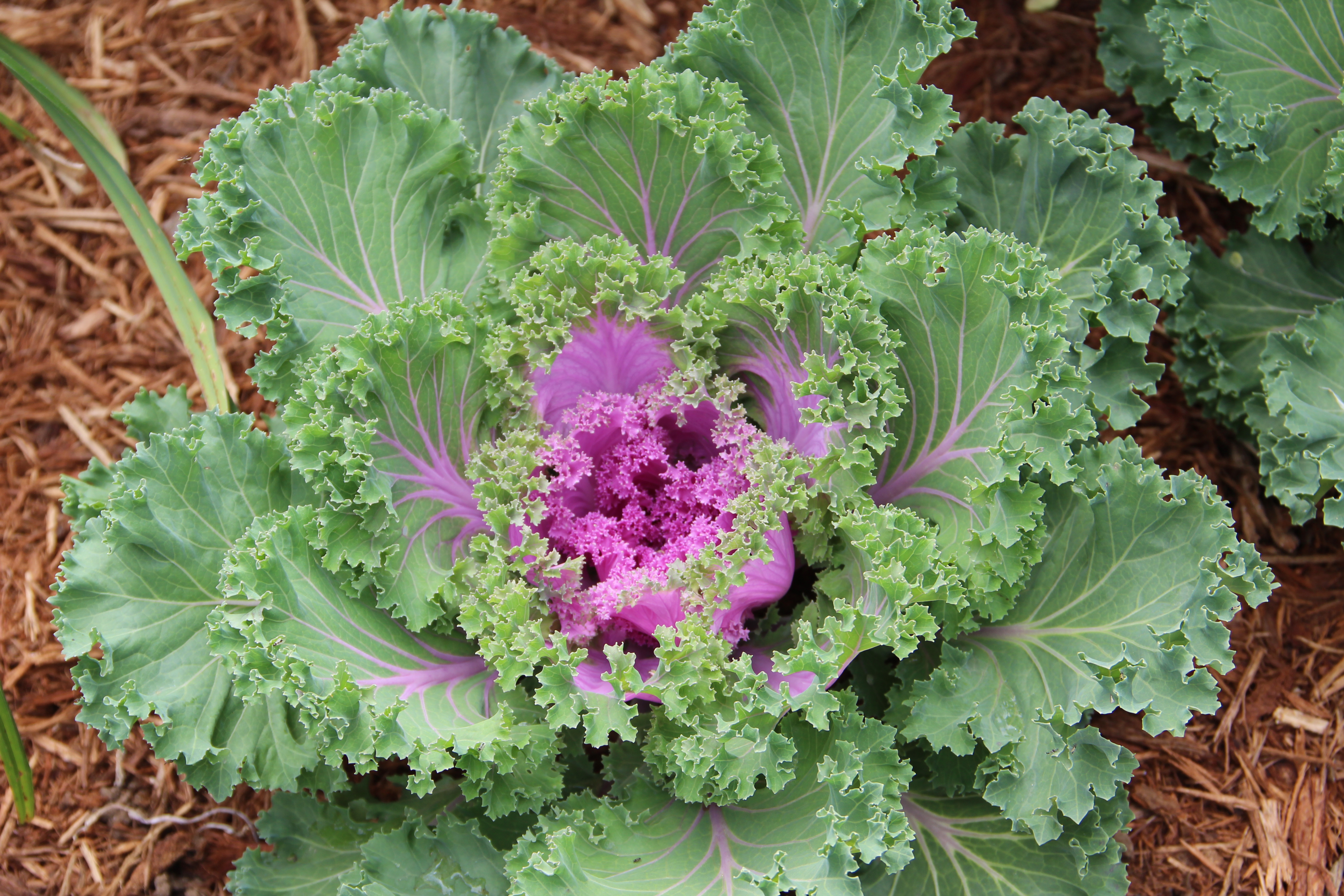
Ornamental Kale: Brassica oleracea (Acephala Group) ‘Peacock Red’
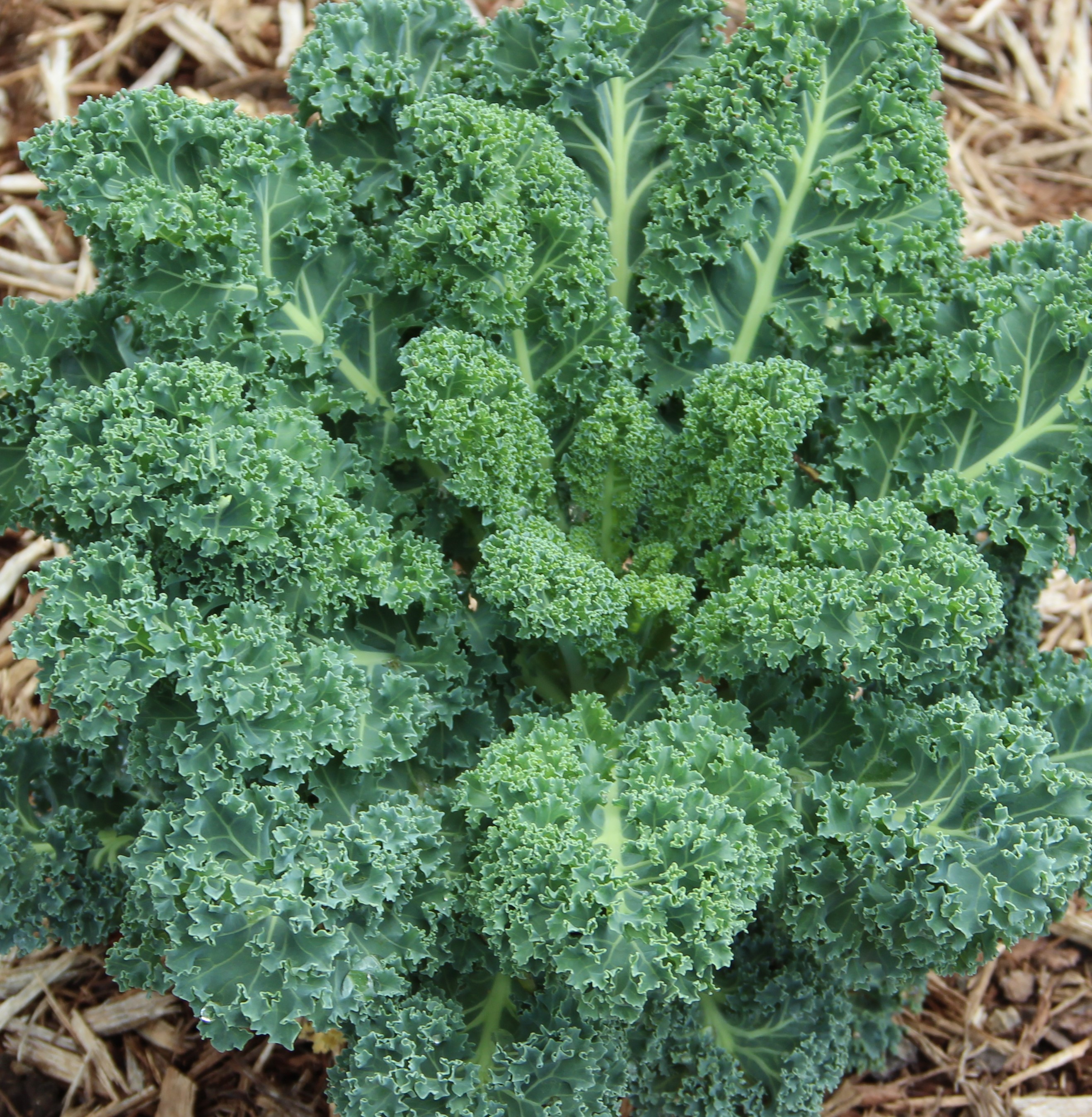
Curly Kale: Brassica oleracea (Acephala Group) ‘Starbor’
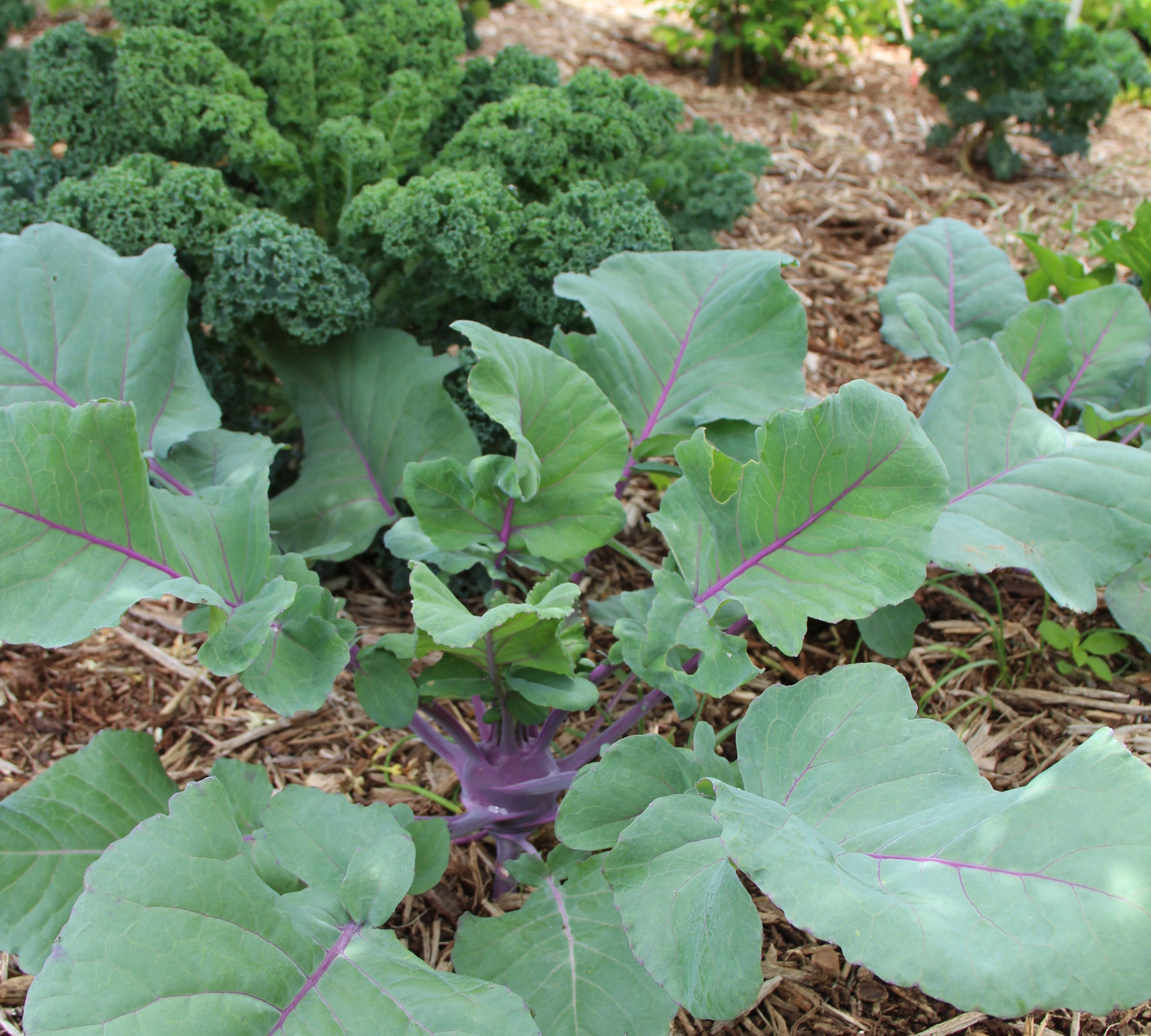
Kohlrabi: Brassica oleracea (Gongylodes Group) ‘Azur-Star’
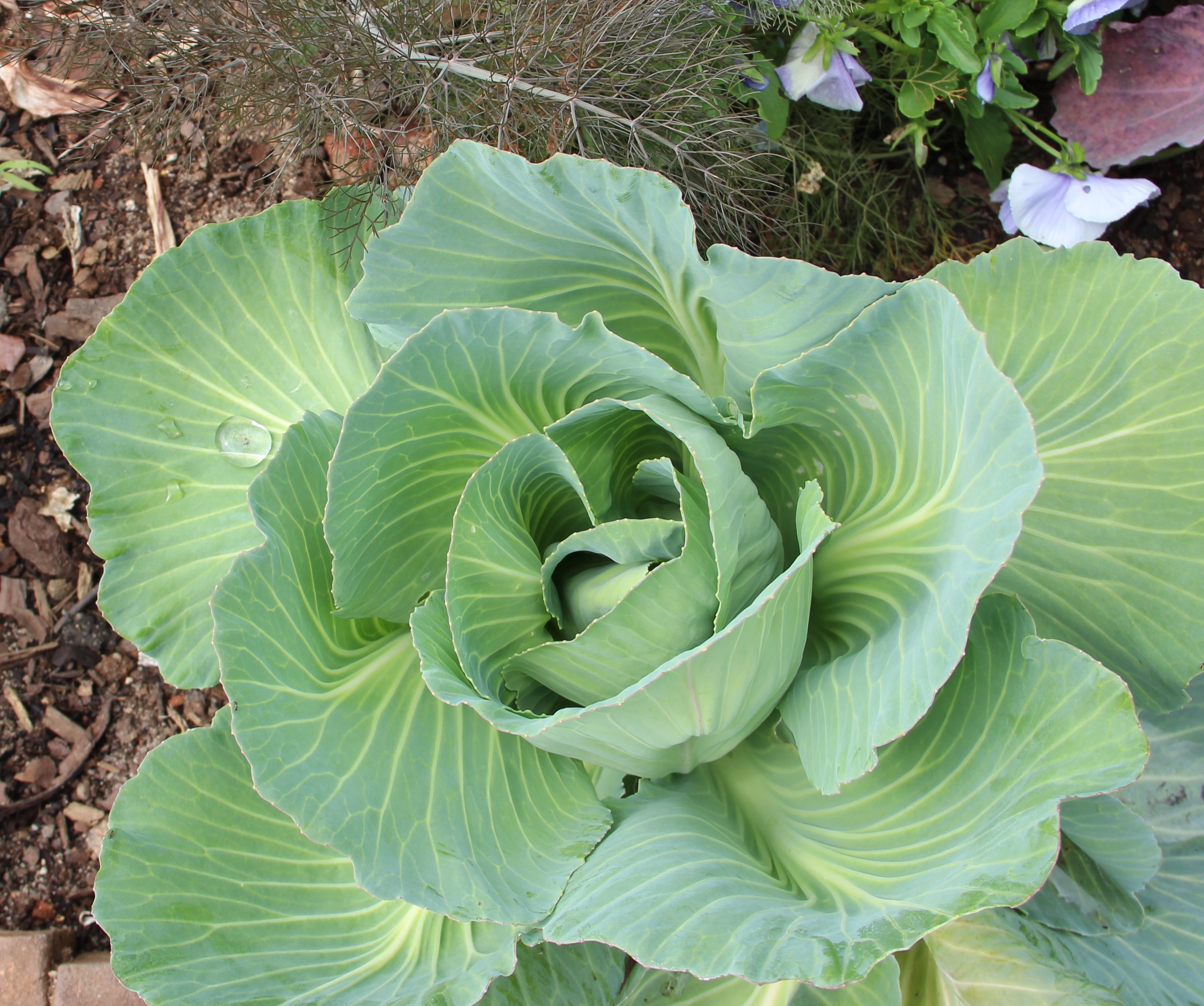
Cabbage: Brassica oleracea ‘OS Cross’
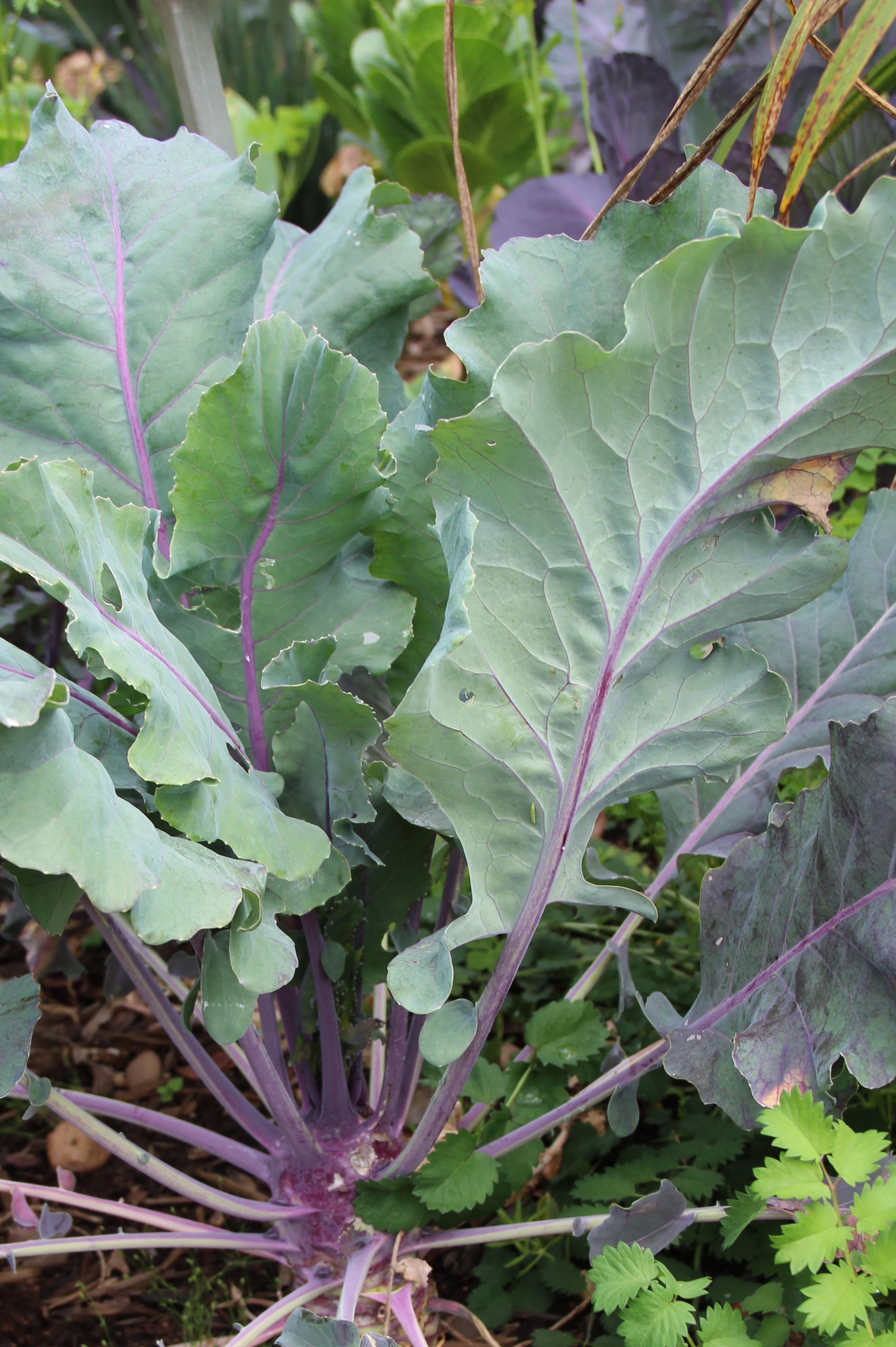
Kohlrabi: Brassica oleracea (Gongylodes Group) ‘Delicacy Purple’
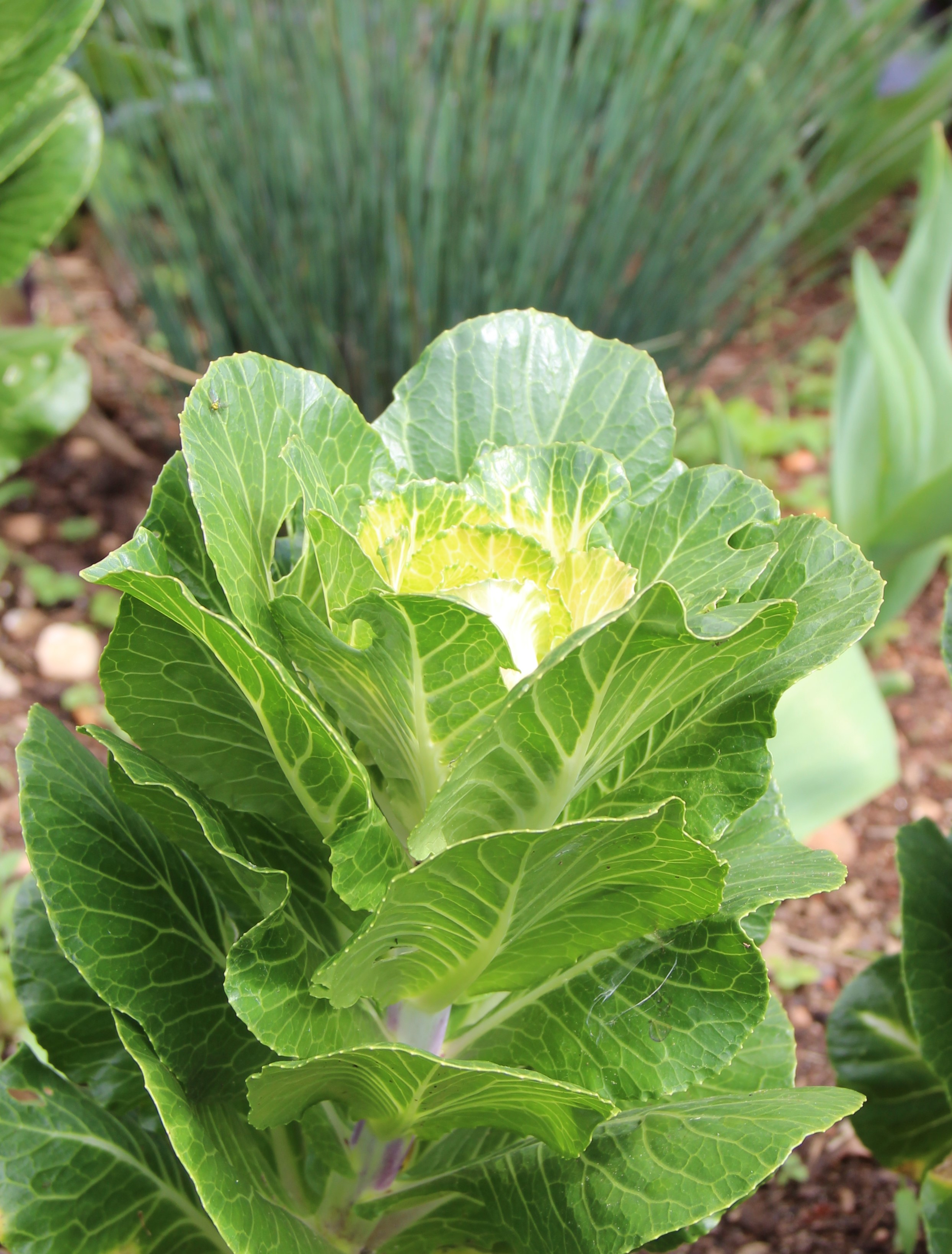
White ornamental kale: Try the Crane series for cut flower arrangements.
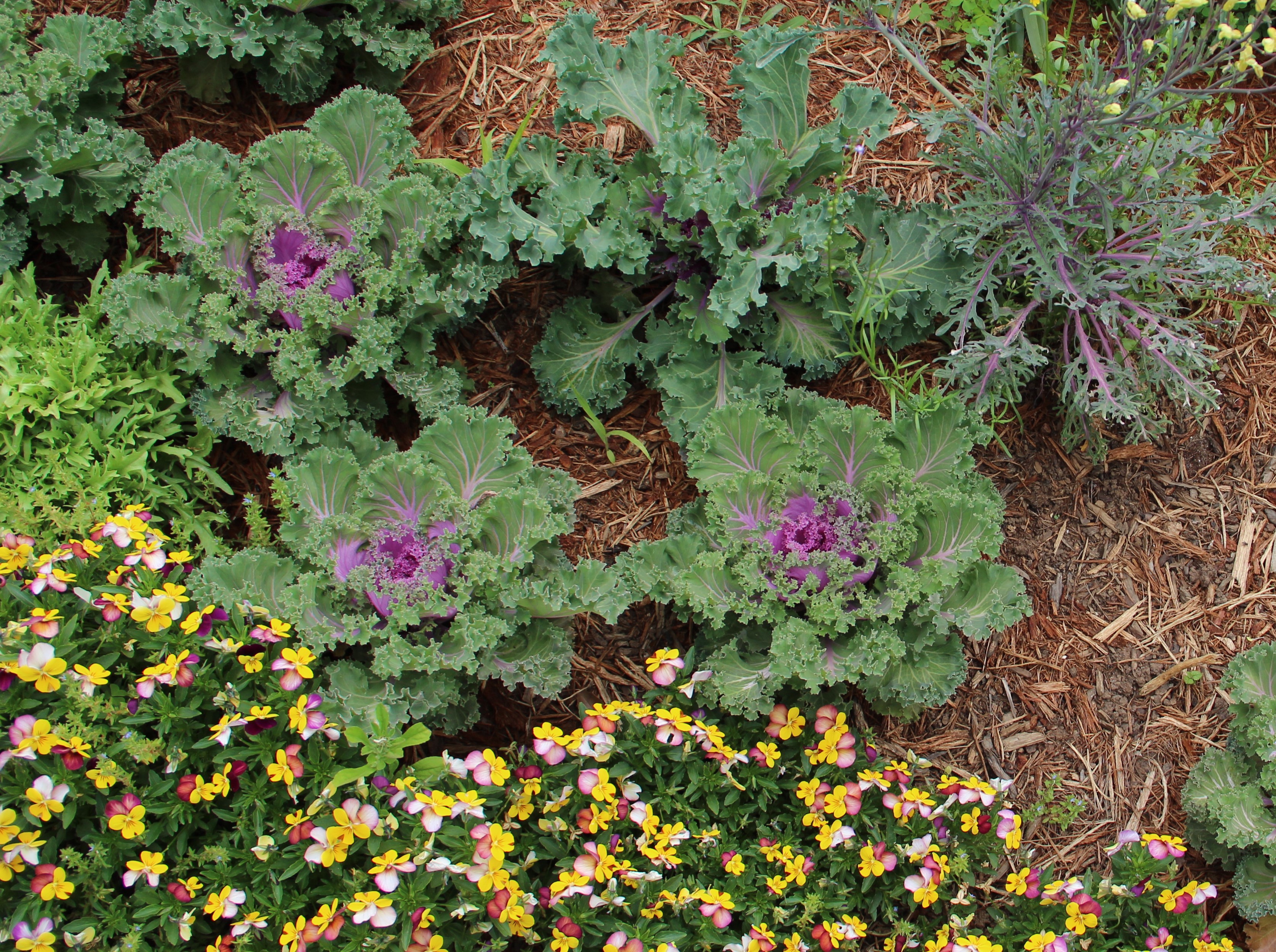
Upper right corner is Siberian Kale or Brassica napus (Pabularia Group) ‘Winter Red’
Giant Red Mustard produces a contrasting yellow flower.
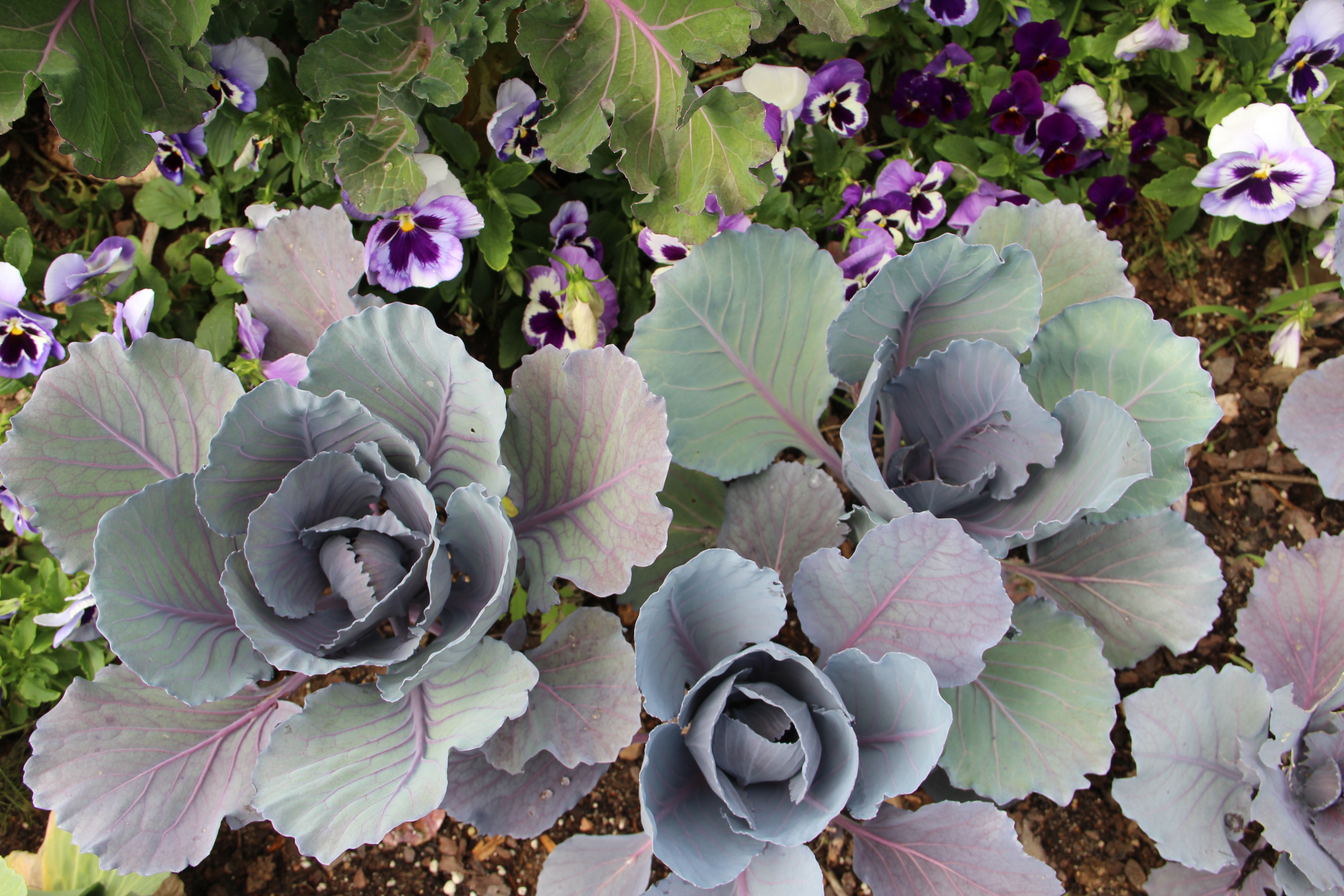
Cool season flowering plants like pansies and violas make great companion plants for brassicas.
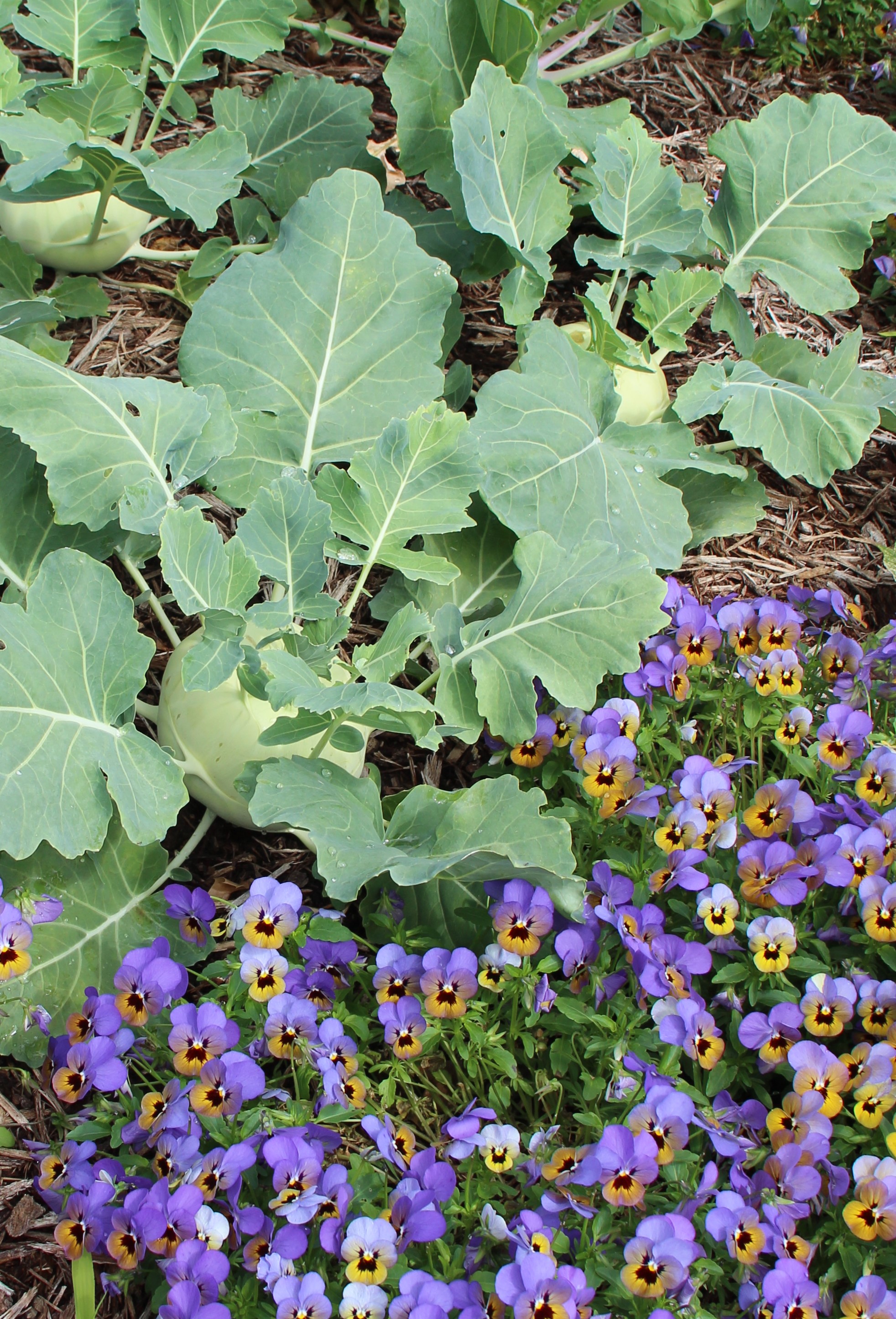
Kohlrabi paired with violas
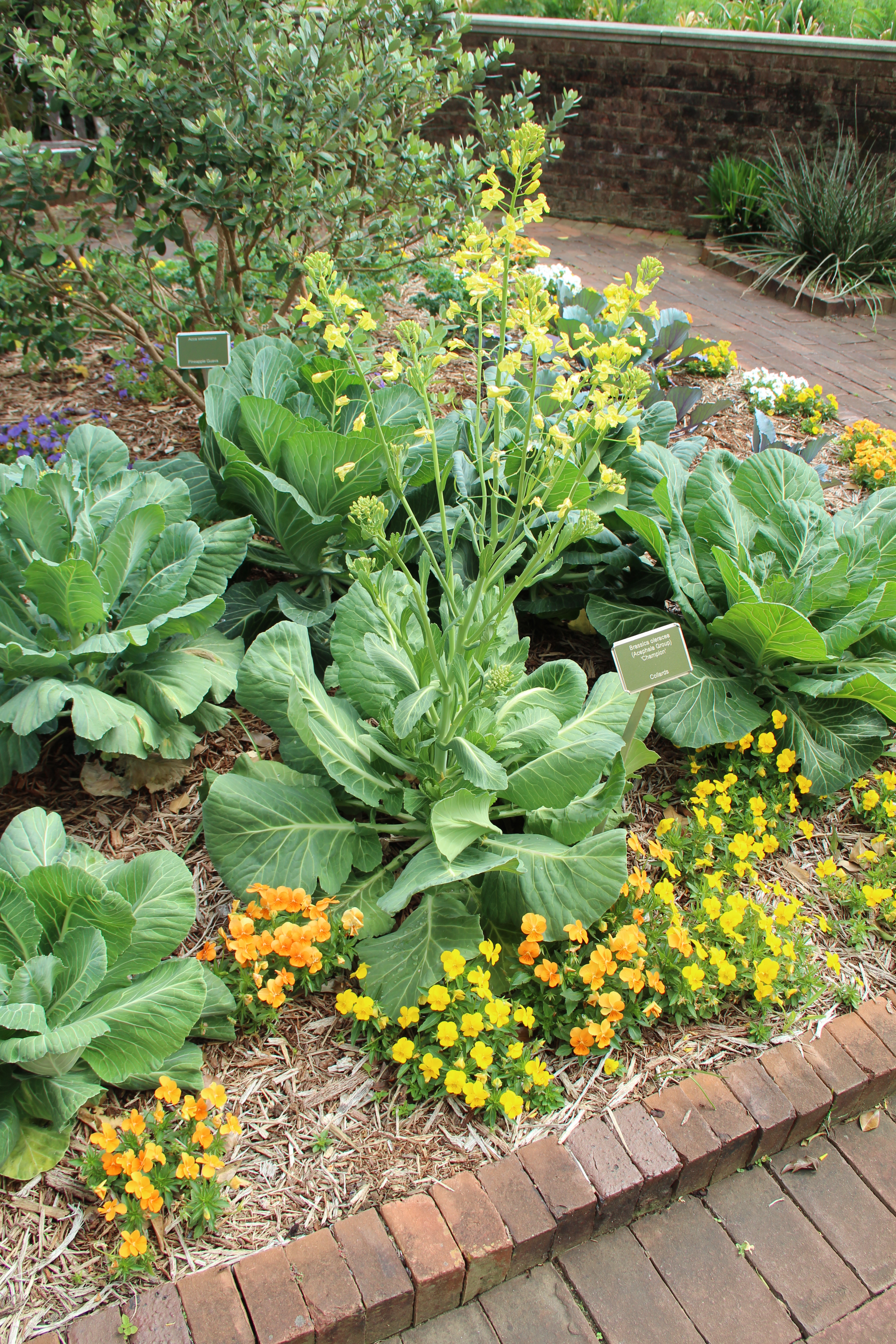
Collards take on more beauty as they flower here in yellow blooms.
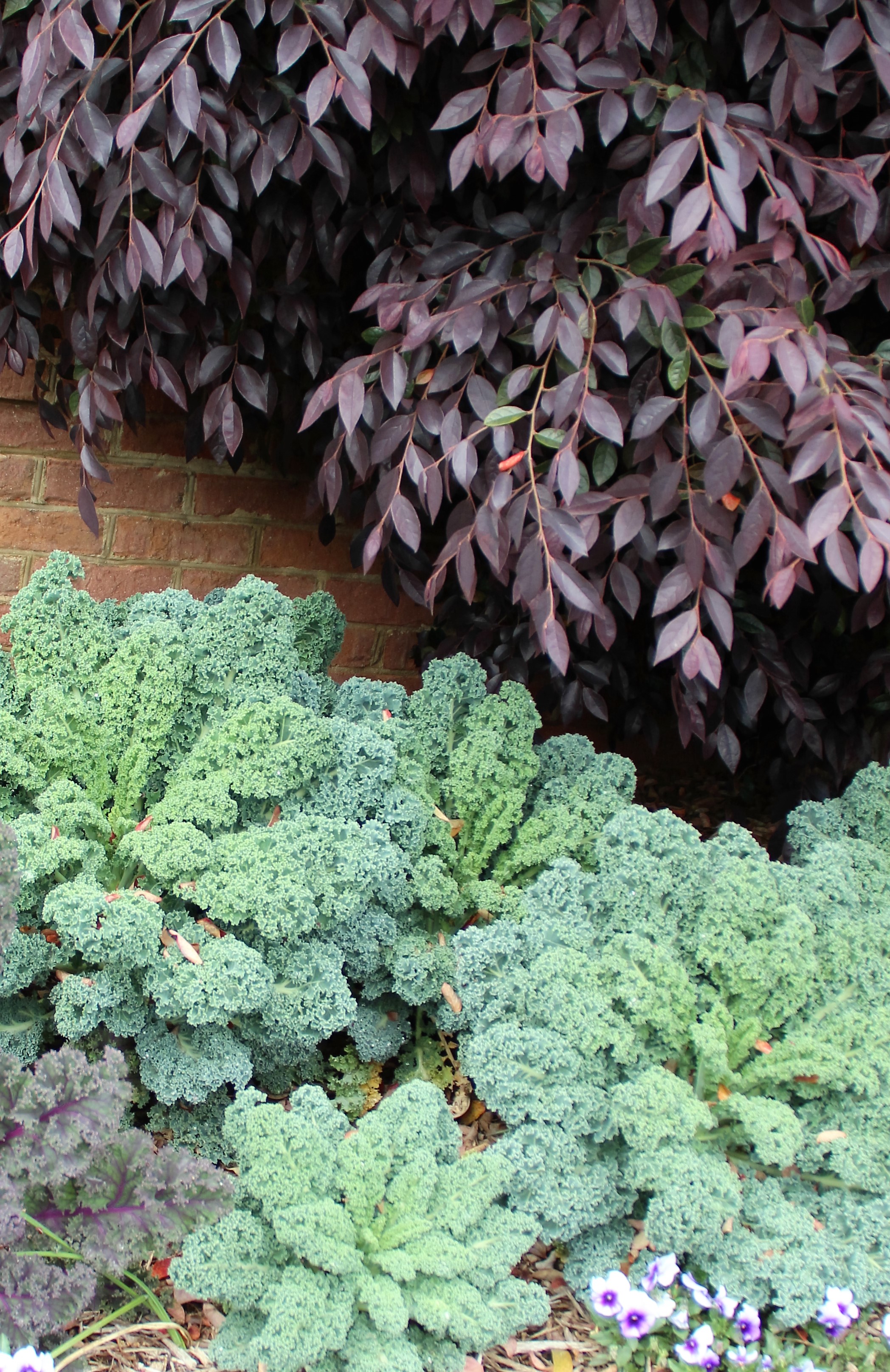
An planting of curly kale beneath a Chinese fringe tree
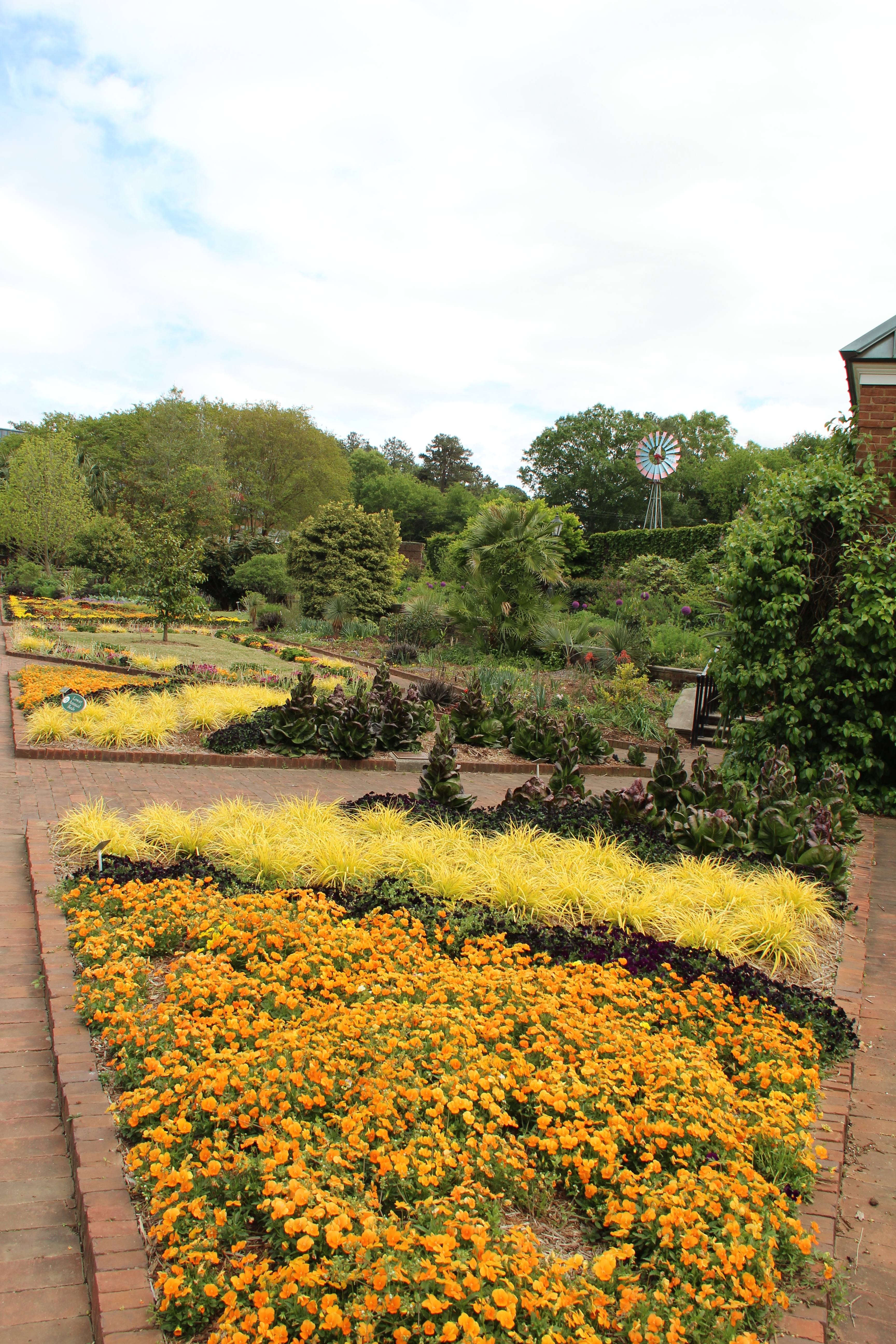
Visit Riverbanks Zoo & Botanical Gardens’ spring display in its 34,000-square-foot walled garden area.
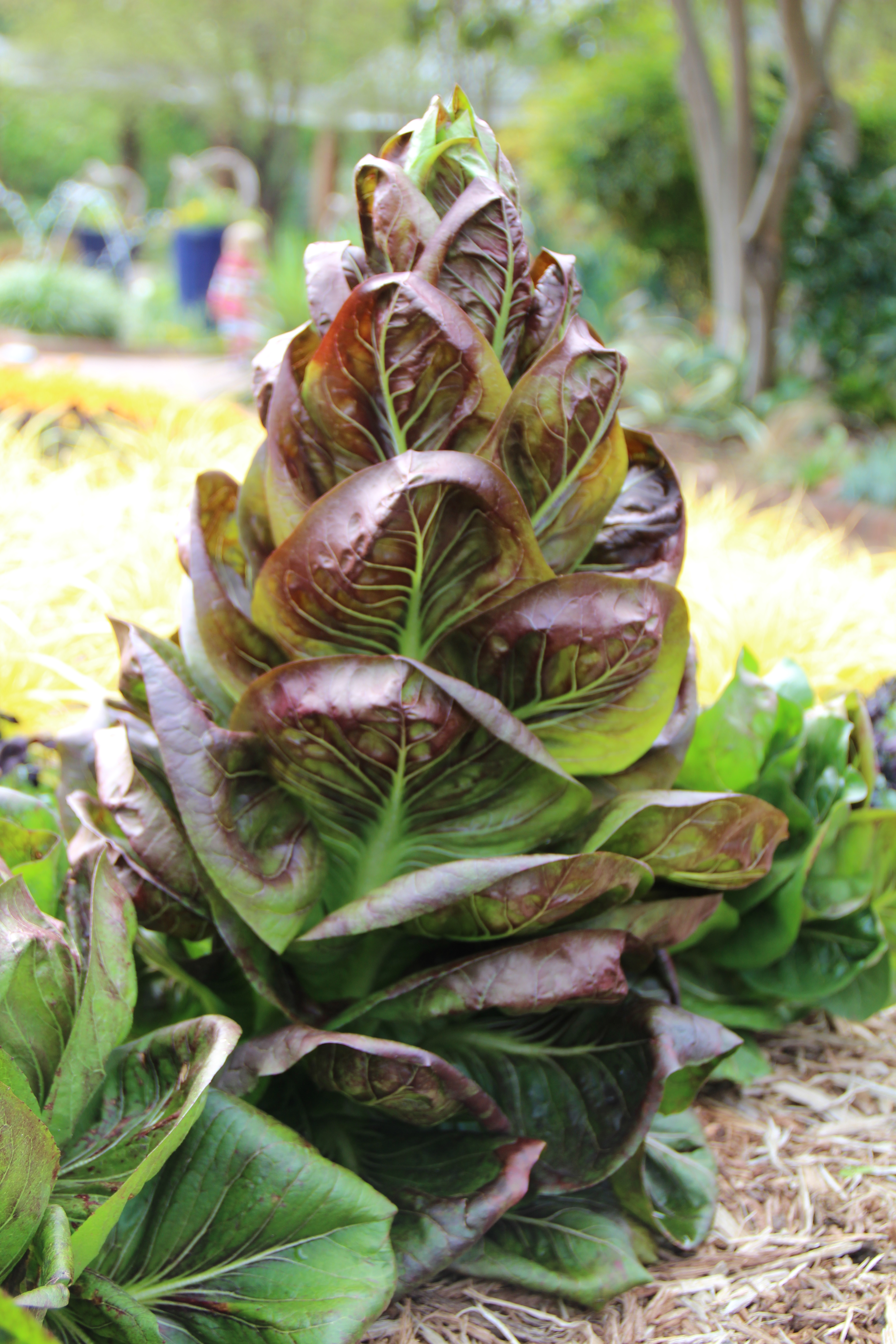
Radicchio Cichorium Intybus ‘Fiero’ (Not a brassica but a beautiful edible.)
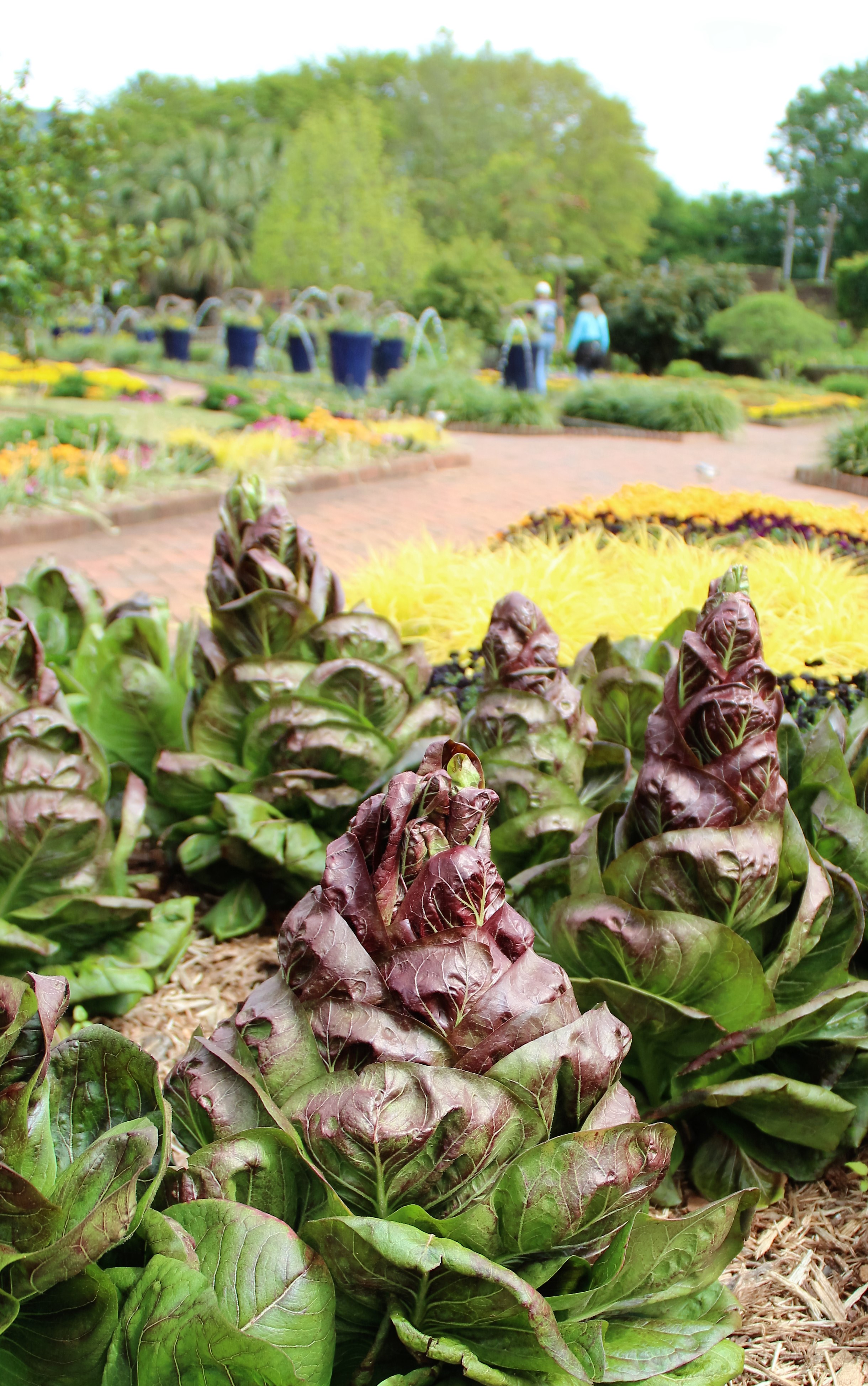
Radicchio add eye-catching conical shapes in the spring display garden.
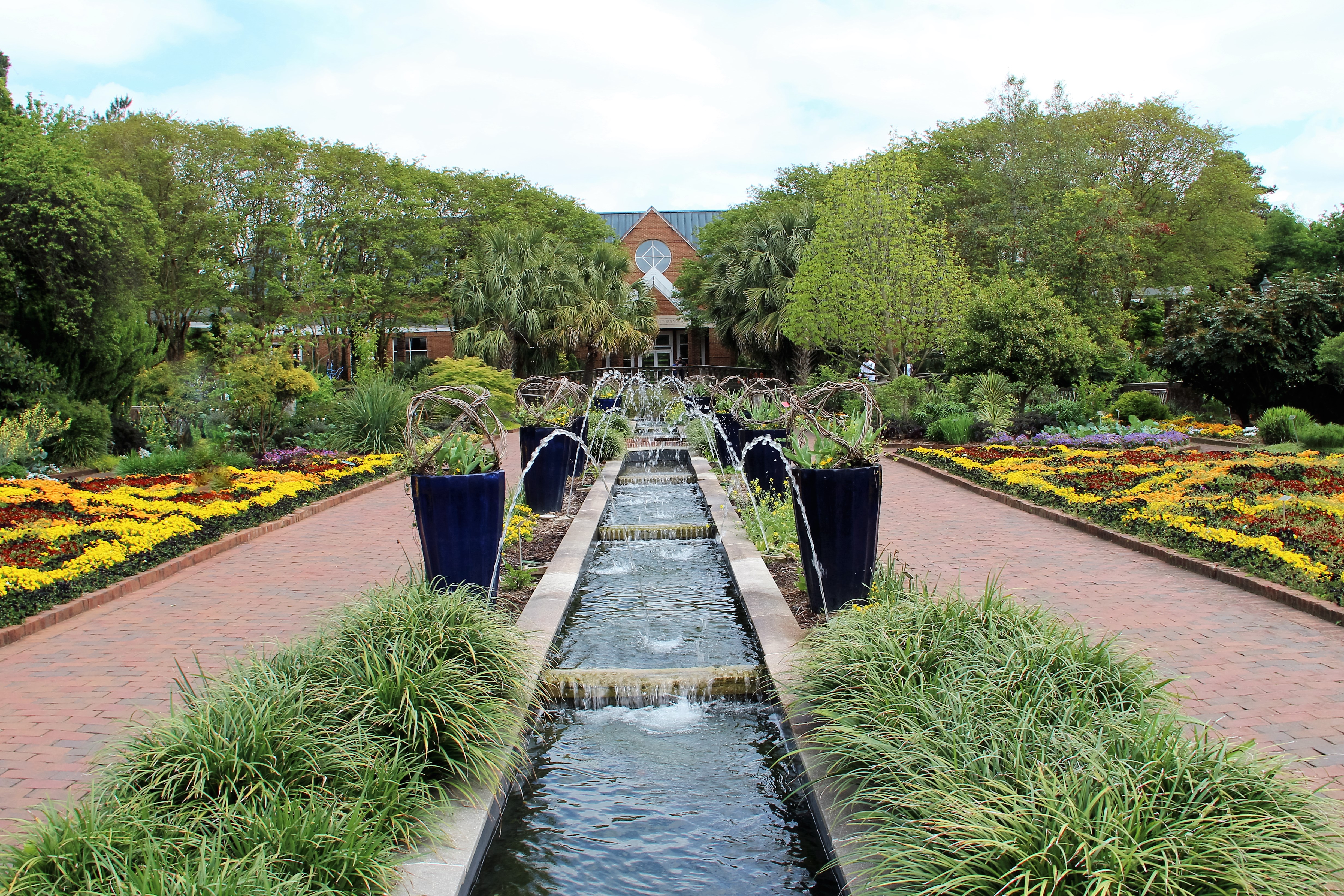
A 300-foot-long canal featuring cascades and pinwheel fountains serves as the focal point of the impressive spring display in the walled garden at Riverbanks Zoo & Botanical Garden.
by GardenLover | Apr 14, 2016 | Gardens to Drive, Happenings
A million blossoms transform Cincinnati into a floral capital this weekend
By Michael Leach
The Cincinnati Flower Show’s orchids, bird of paradise, jasmine, gardenia, zinnias and hundreds of other types of flowers delight visitors through Sunday (April 17) in park along the Ohio River downtown. 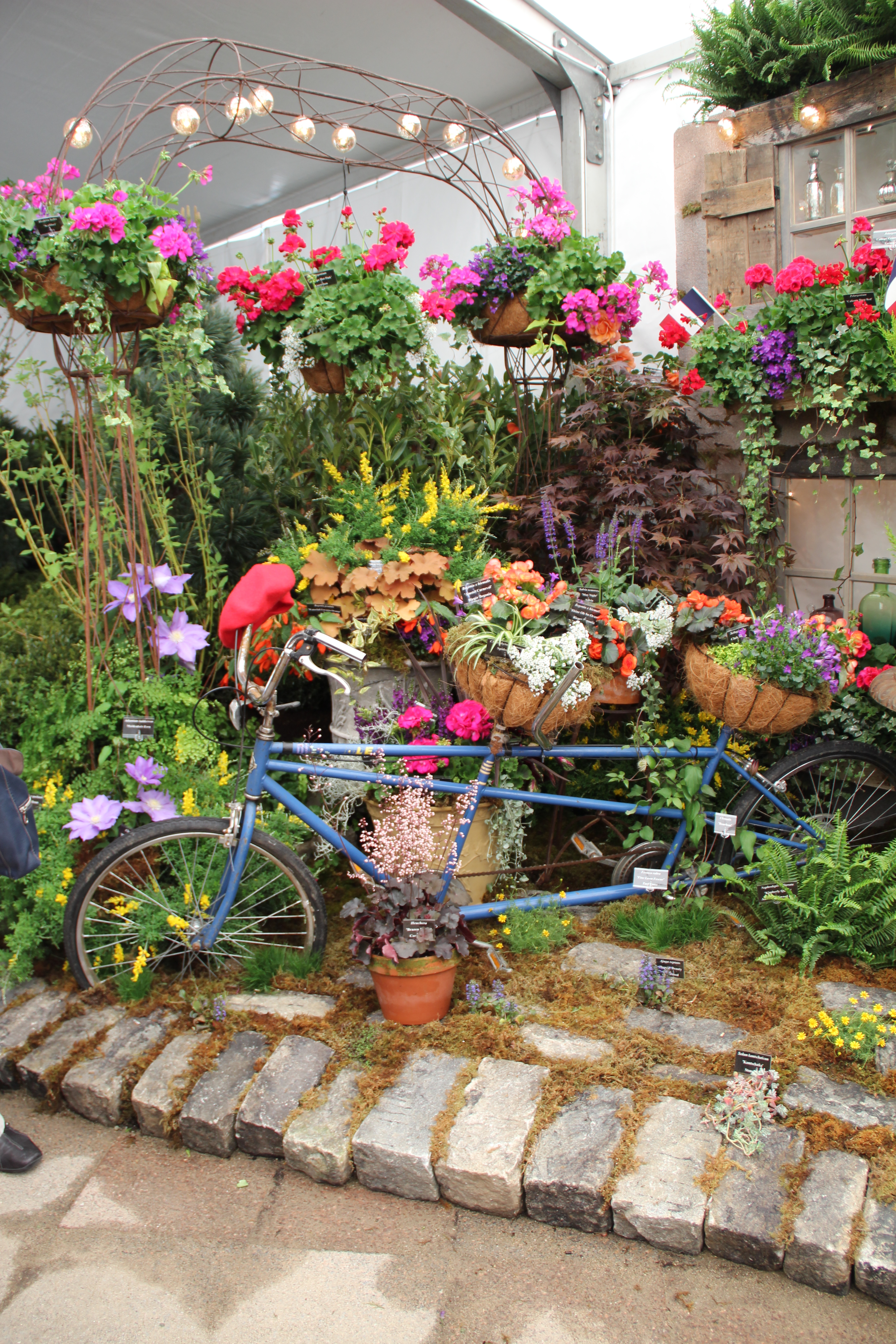
Not far from there, the Cincinnati Zoo and Botanical Garden amazes visitors with the splendor of 107,000 tulips in full bloom. Under the brilliant sun, the satiny blossoms glow like stained-glass flowers.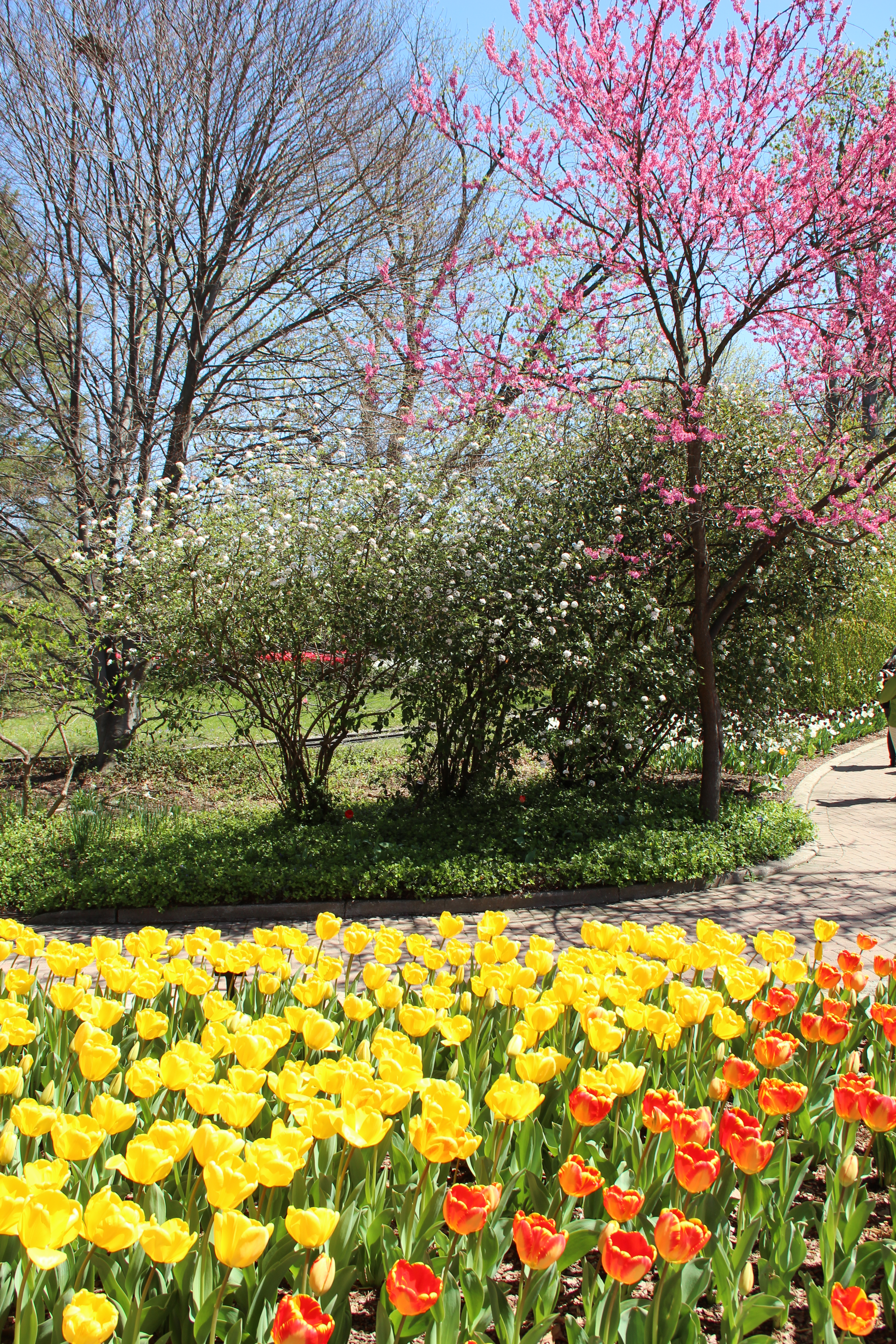
Blogmate Teresa Woodard, Diana Lockwood, The Columbus Dispatch garden writer and a Garden Writers Association newbie, and I were fortunate to attend a tour of both venues Wednesday with other GWA members. Part of the fun at the show was having Kevin O’Dell, of Kendrick & O’Dell Landscaping, as tour director. He’s one of the show’s organizers and long-time driving force.
At the zoo, Scott Beuerlein and Stephen Foltz pointed out highlights.
Our only regret? Lack of time. We never got to two other gardener must-sees, Spring Grove Cemetery and Krohn Conservatory. Maybe next year.
by GardenLover | Apr 6, 2016 | Gardens to Drive, Special Topic
The 2016 Cincinnati Flower Show Celebrates Flowers of Sister Cities
By Michael Leach
The Cincinnati Flower Show is a dangerous event for all shades of green thumbs, the Pinterest-pixilated and those desperate to do something — anything — with their landscapes.
Why?
You’ll be inspired to attempt new and daring things with plants.
You’ll fall in love with window boxes and want to try them because you never imagined so much charm is possible in such small spaces.
You’ll be amazed at the appealing model landscapes showing what’s possible in spaces not much bigger than a half dozen window boxes.
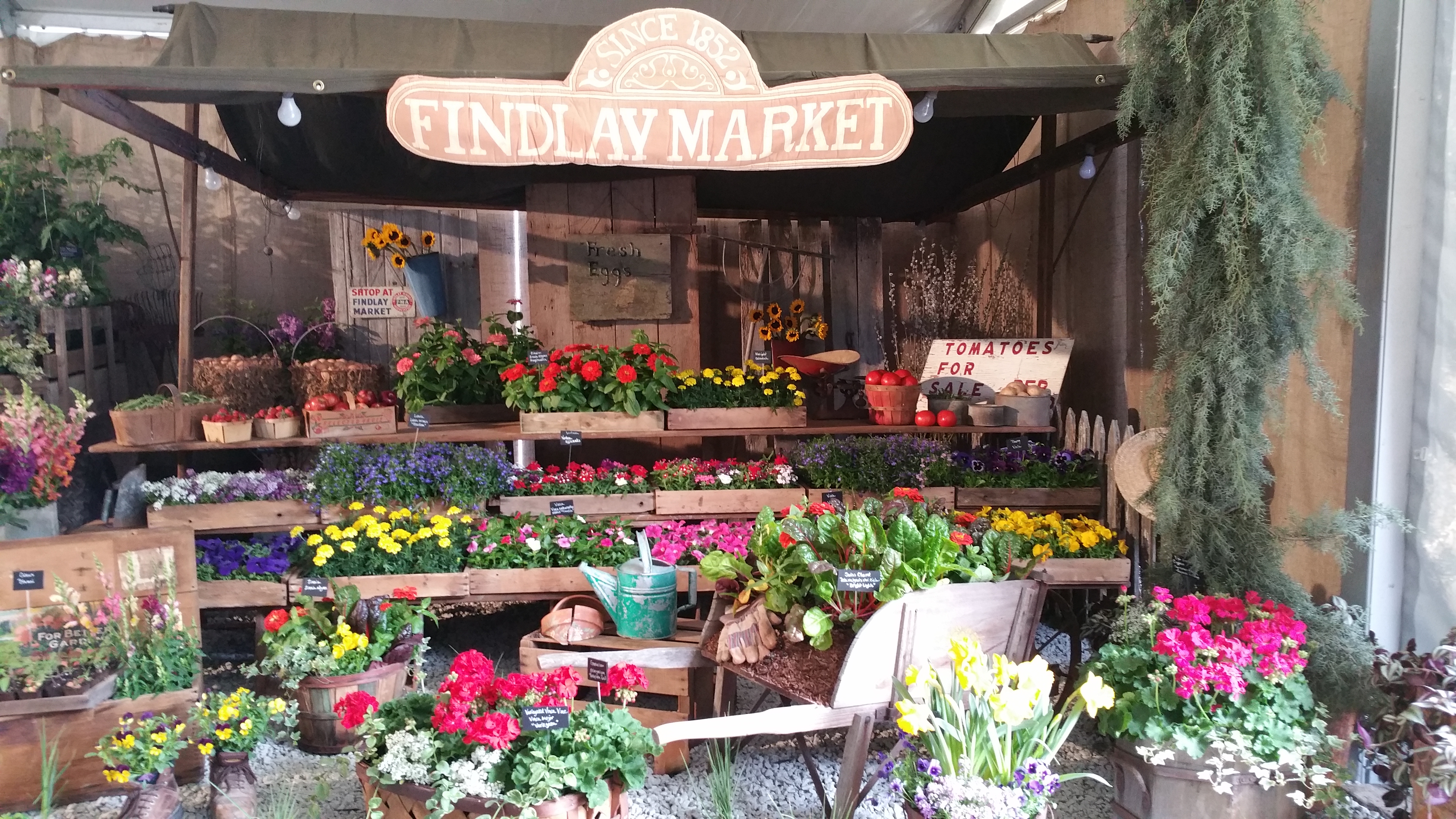
Your jaw will hurt from dropping so often at flowery table settings that make you wonder how they ever thought of that.
You’ll be tempted to overload your vehicle with unusual plants, elegant garden accessories, imaginative jewelry, horticulturally themed art and more.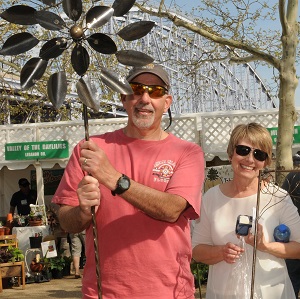
You’ll indulge in savories and sweets that cater to all manner of tastes.
You’re likely to be lured into sampling wine or bourbon at planned tastings. (Kentucky is just across the wide, muddy Ohio River.)
You’ll be able to choose from a range of educational experiences, such as a luncheon lecture by Andrea Wulf, author of garden and gardening history books; a Q&A with Ron Wilson, host of a weekly call-in radio program, and Rita Heikenfeld, herbalist and culinary whiz; learning about wedding flower from Sharon McGukin, author and floral designer; and gathering design tips from a former White House chief florist.
You’ll wish you had scheduled even more time to tour the horticultural treasures the city offers.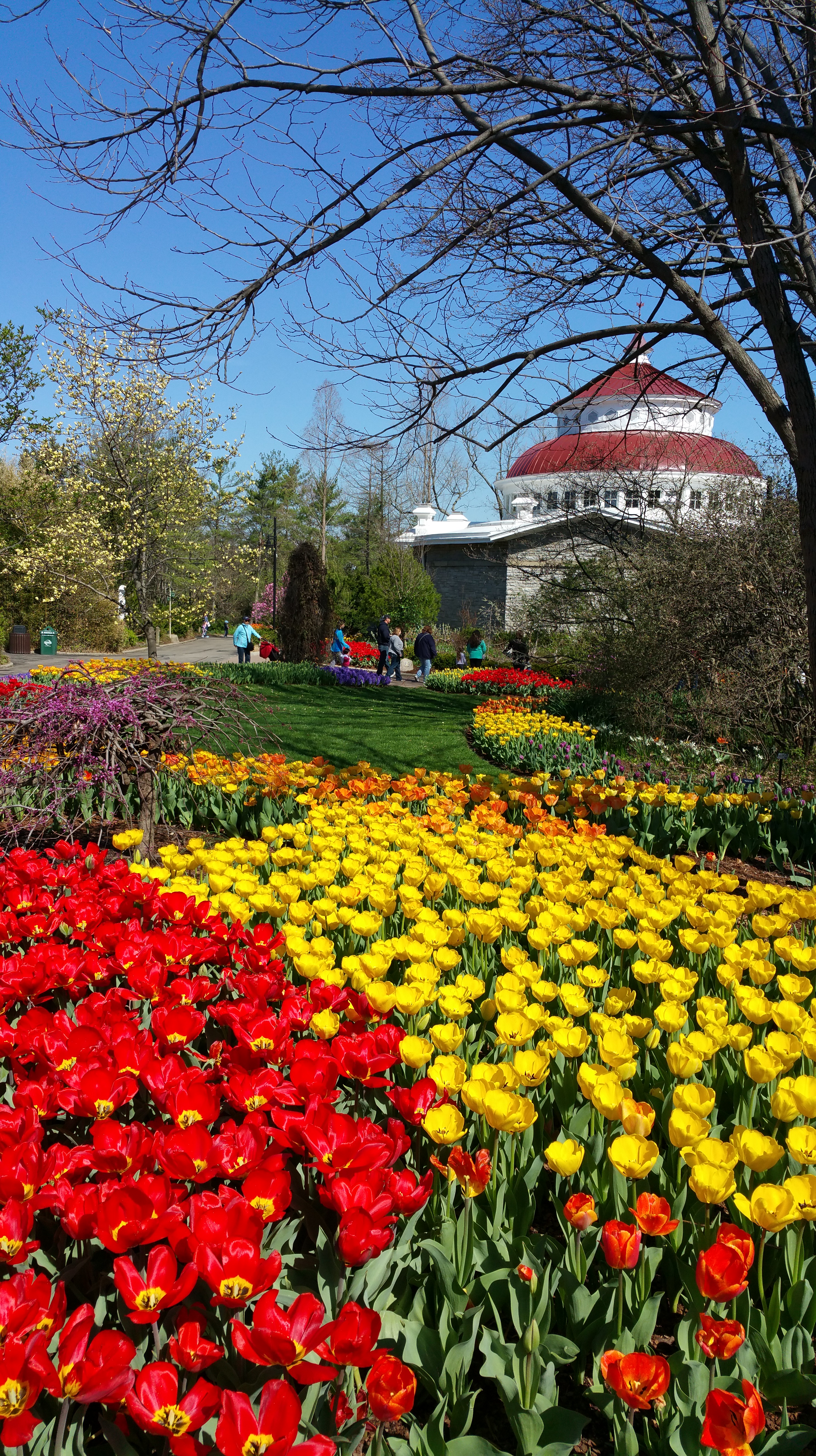
 A Love Affair: Bumbles and Common Milkweed
A Love Affair: Bumbles and Common Milkweed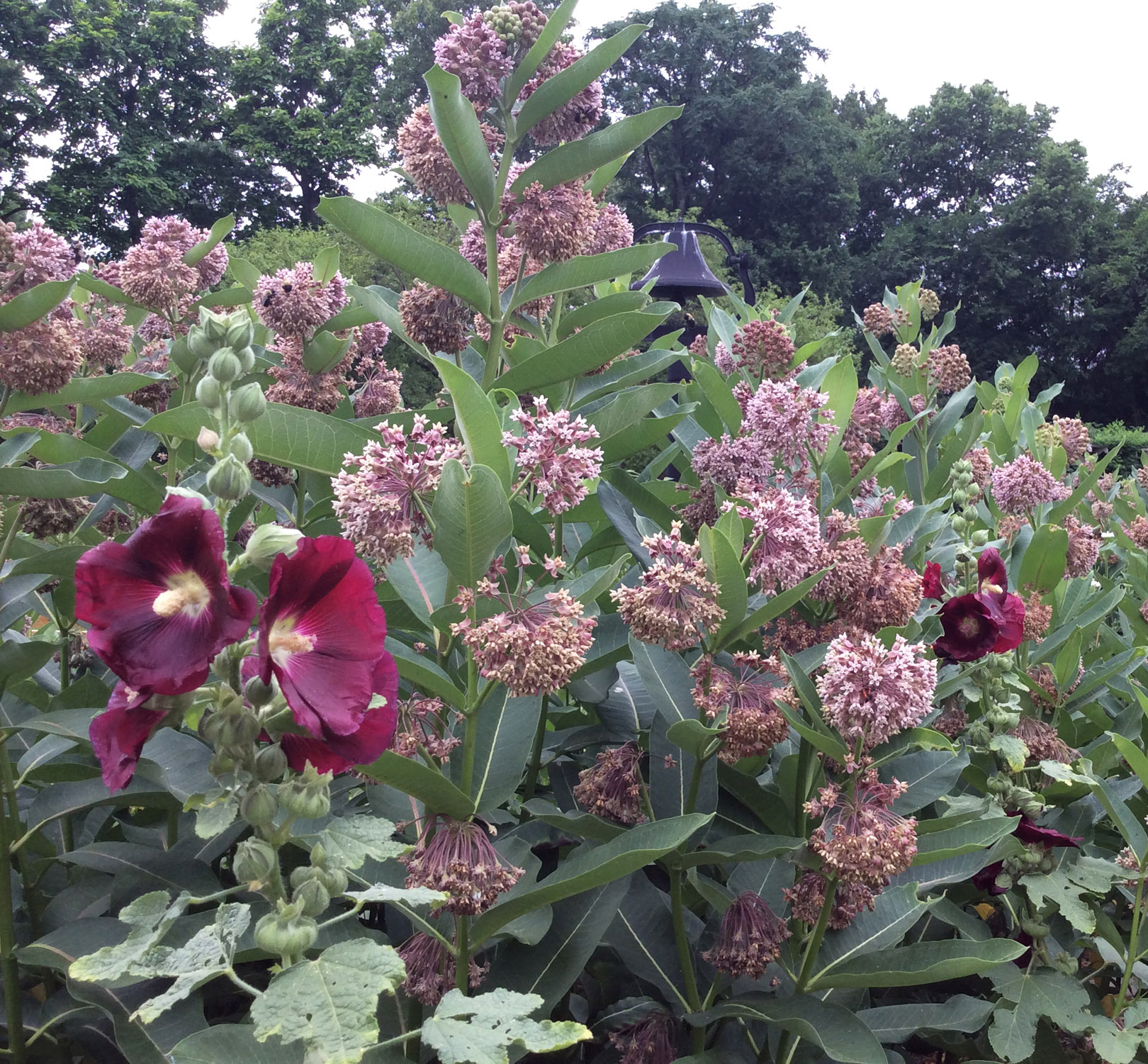
 Guy Denney, former Chief of Natural Areas and Preserves for the Ohio Department of Natural Resources and one of the first advisors for the Heritage Garden, said that this stand of milkweed is one individual plant that has colonized this patch of the garden. This plant well deserves the “weed” portion of its name. plant it only if you have room to spare or are willing to “edit” your stand of plants.
Guy Denney, former Chief of Natural Areas and Preserves for the Ohio Department of Natural Resources and one of the first advisors for the Heritage Garden, said that this stand of milkweed is one individual plant that has colonized this patch of the garden. This plant well deserves the “weed” portion of its name. plant it only if you have room to spare or are willing to “edit” your stand of plants.